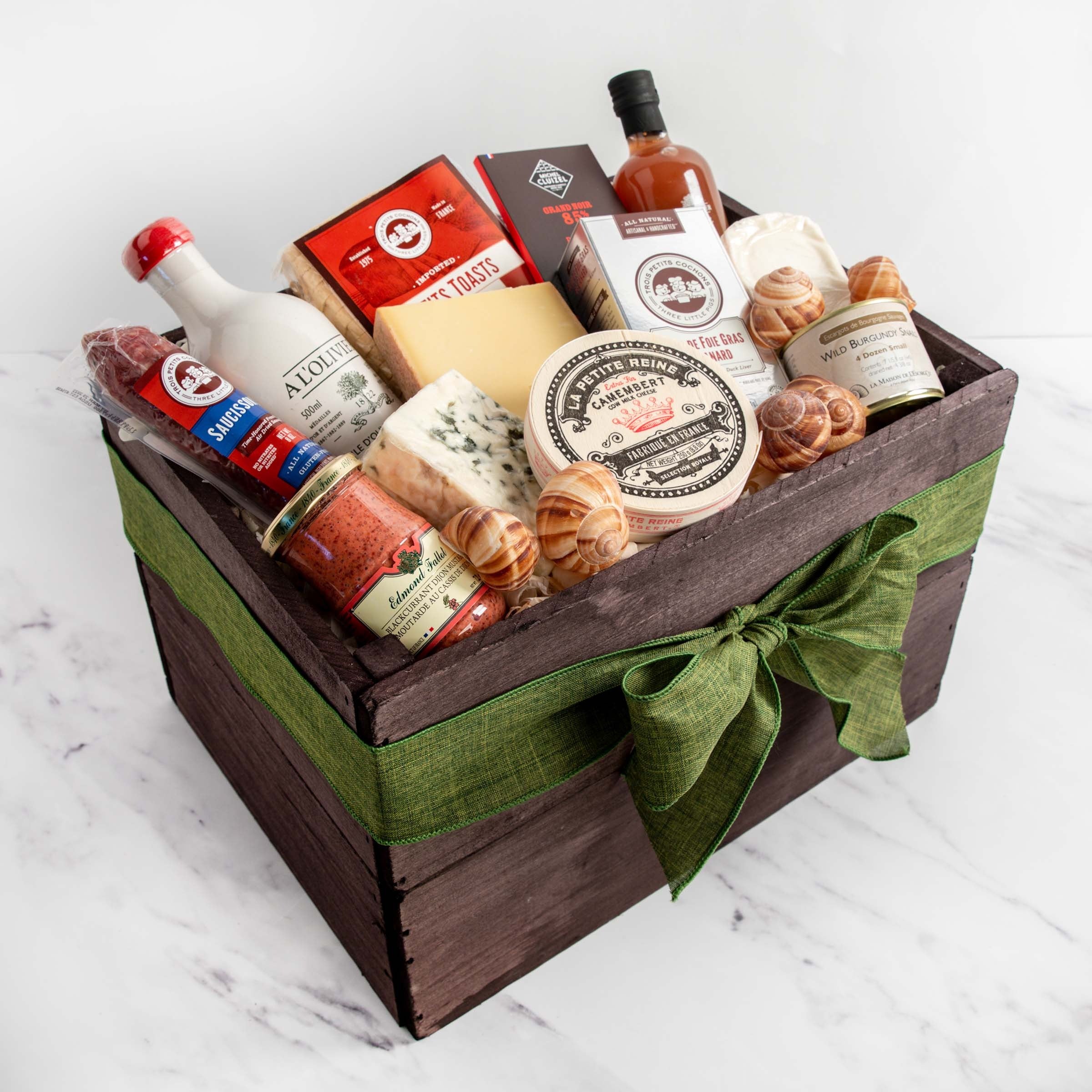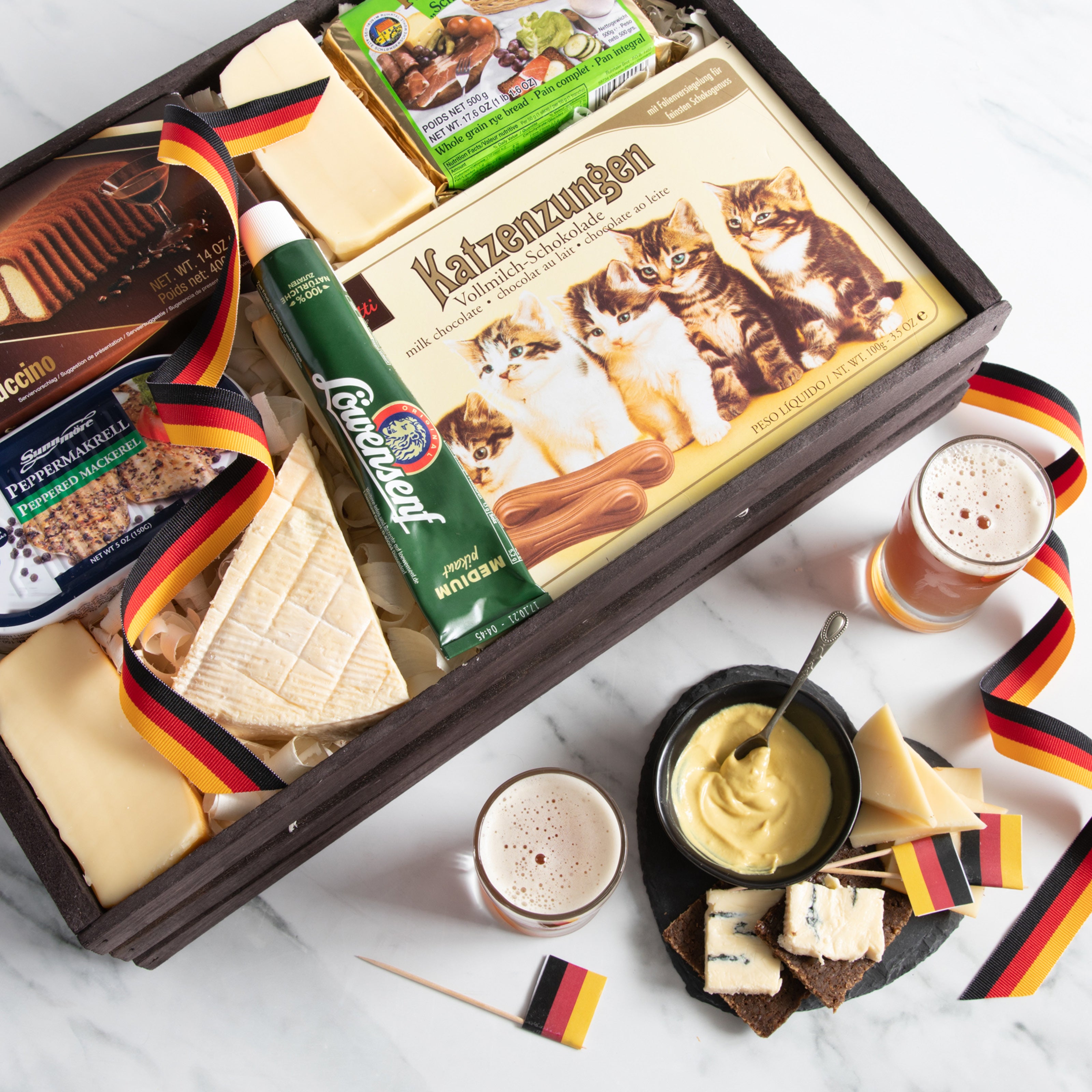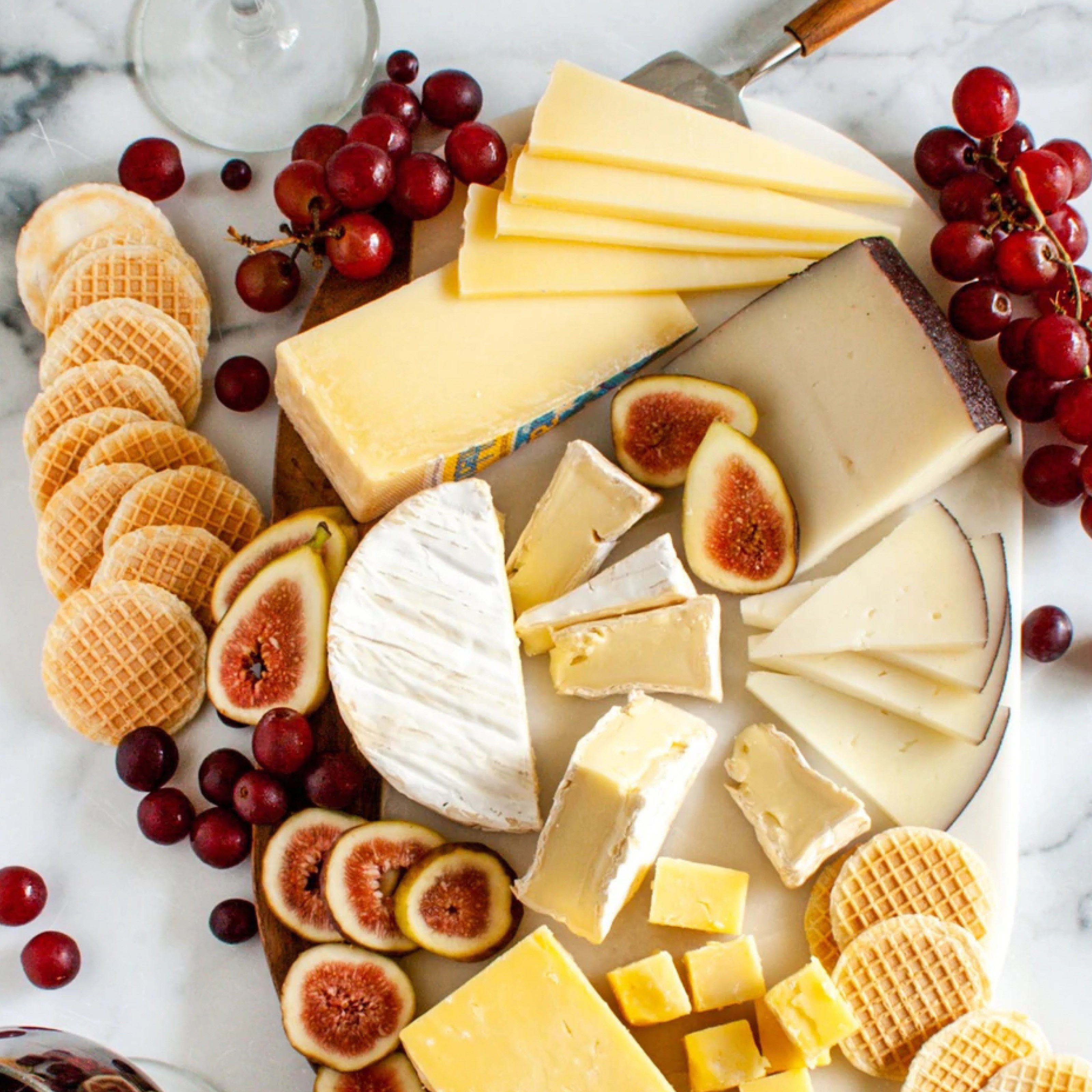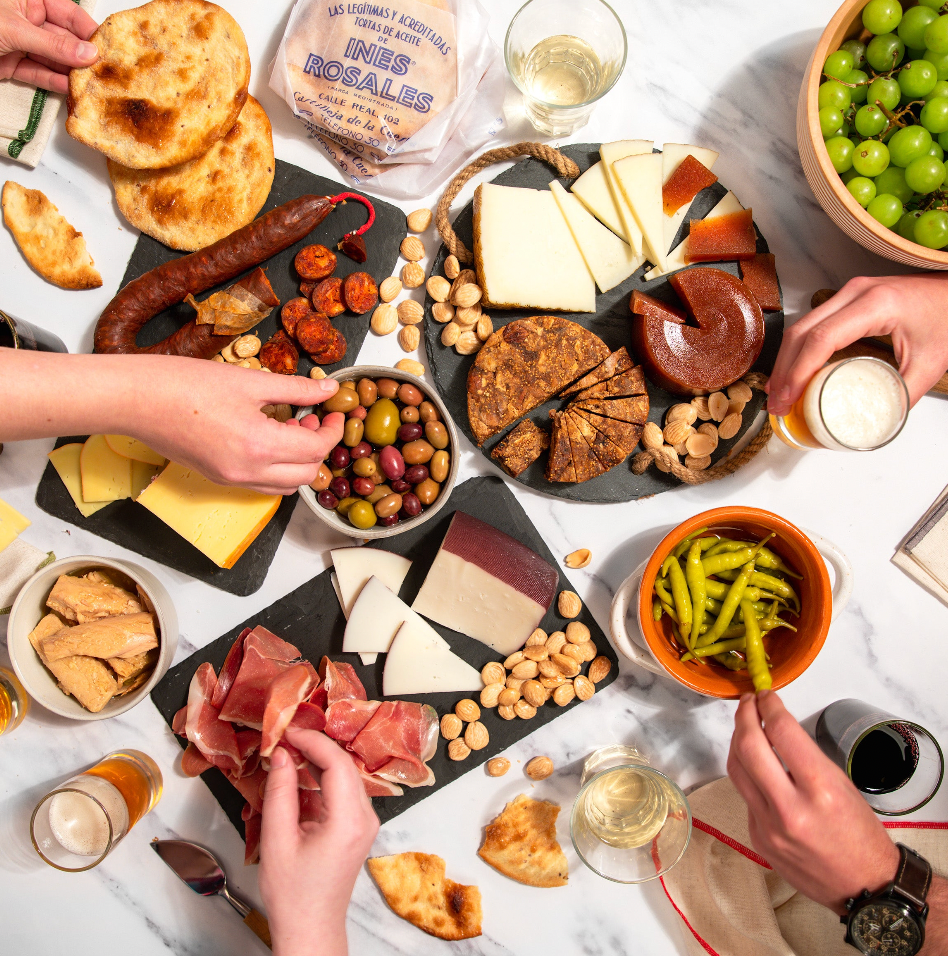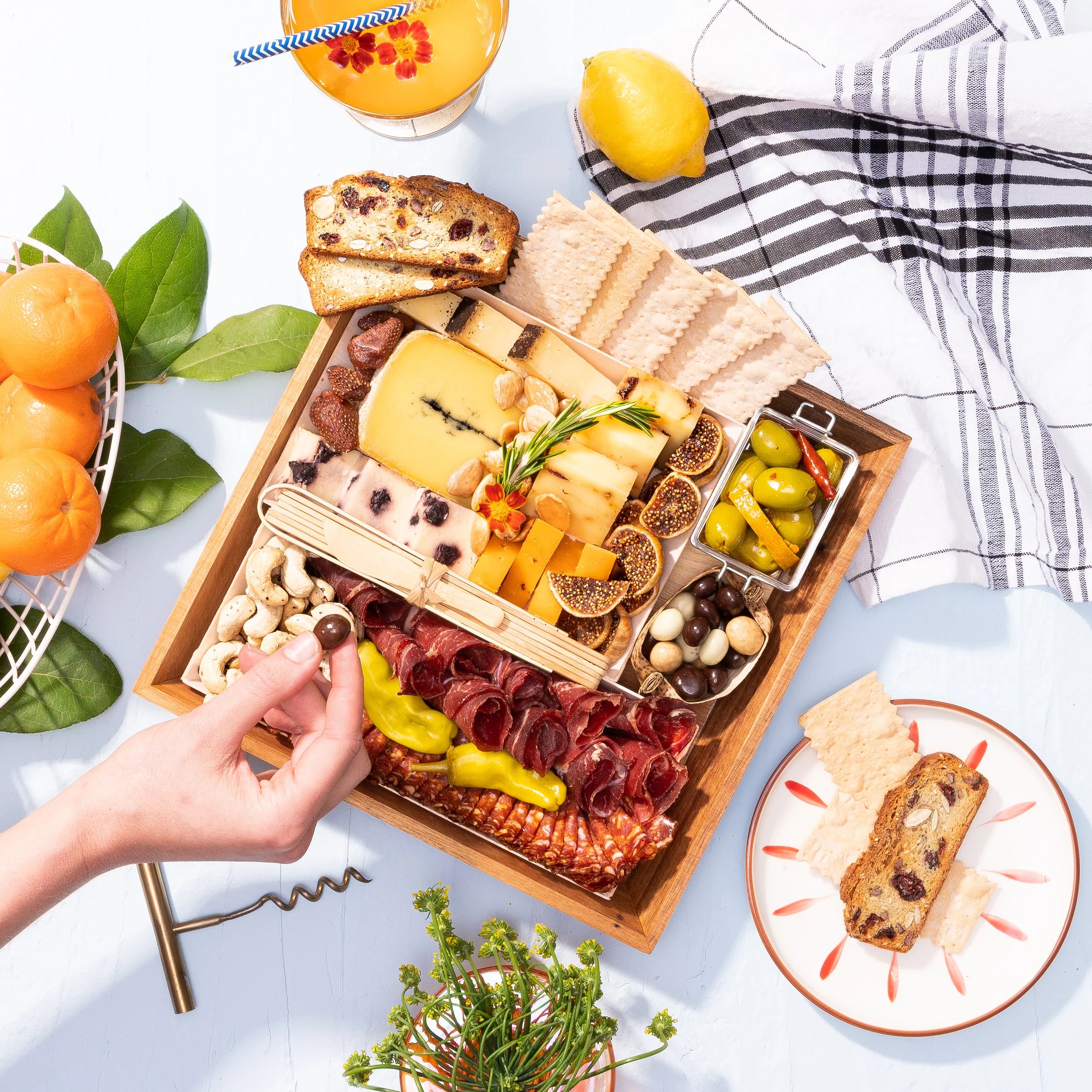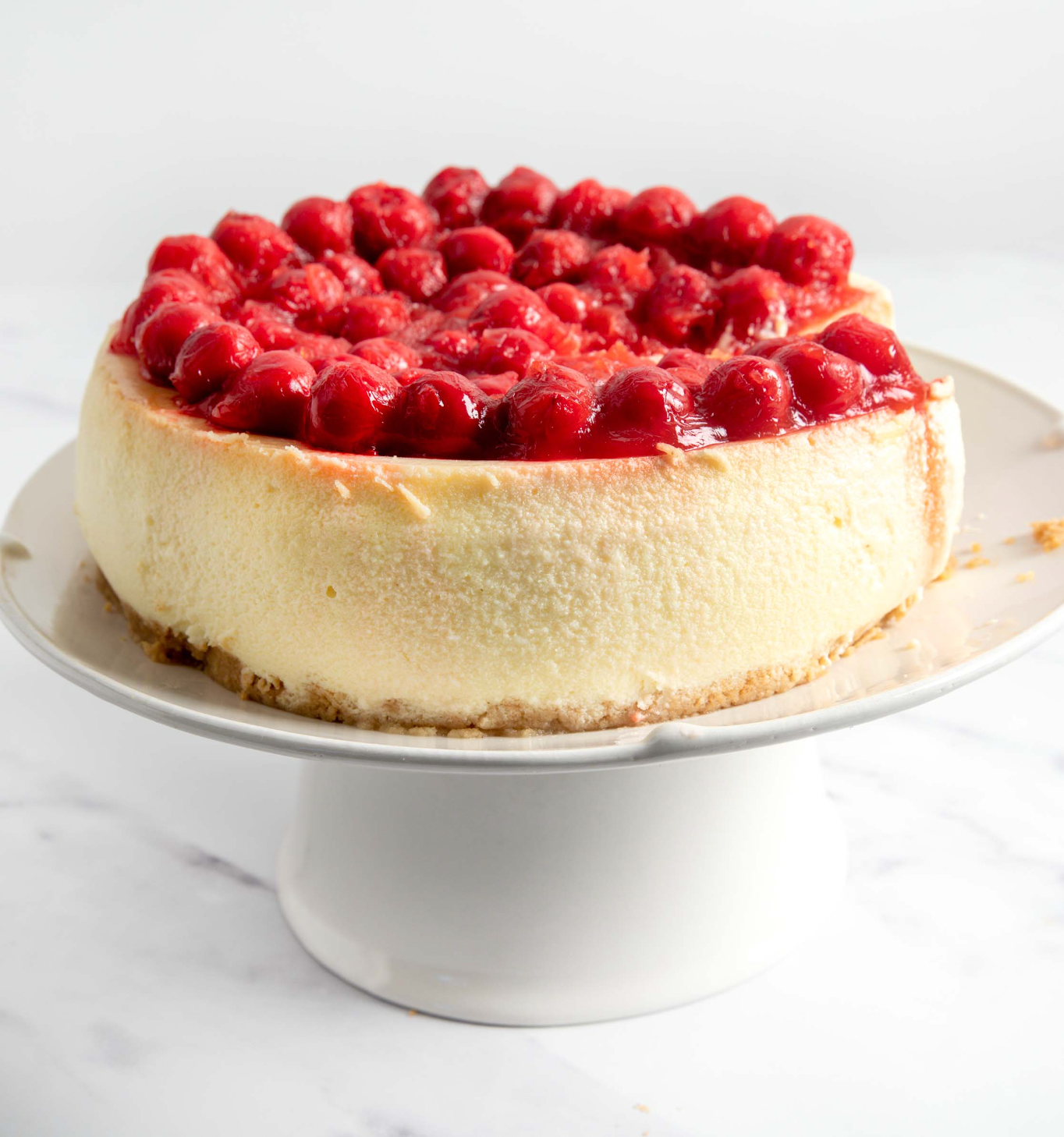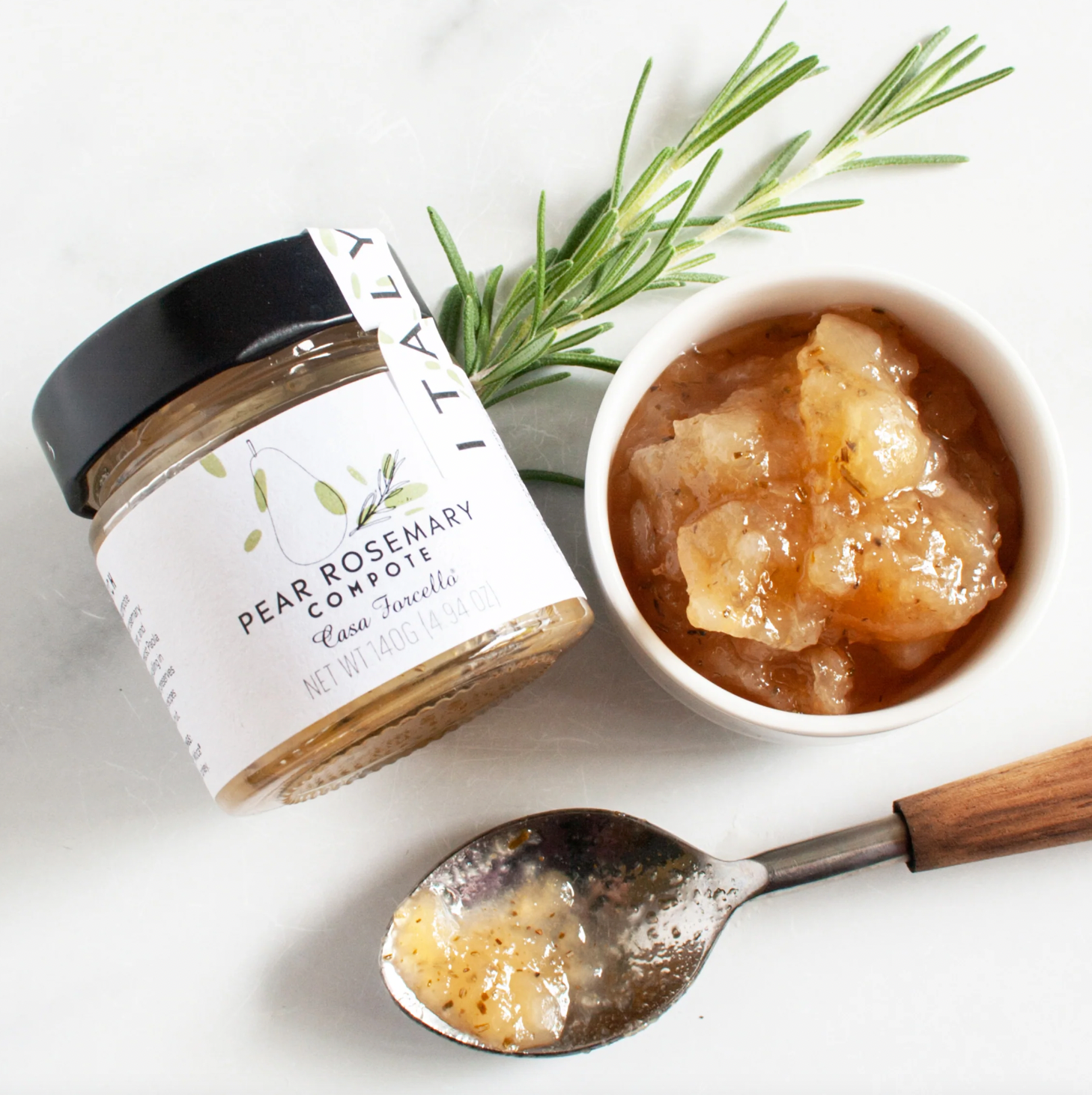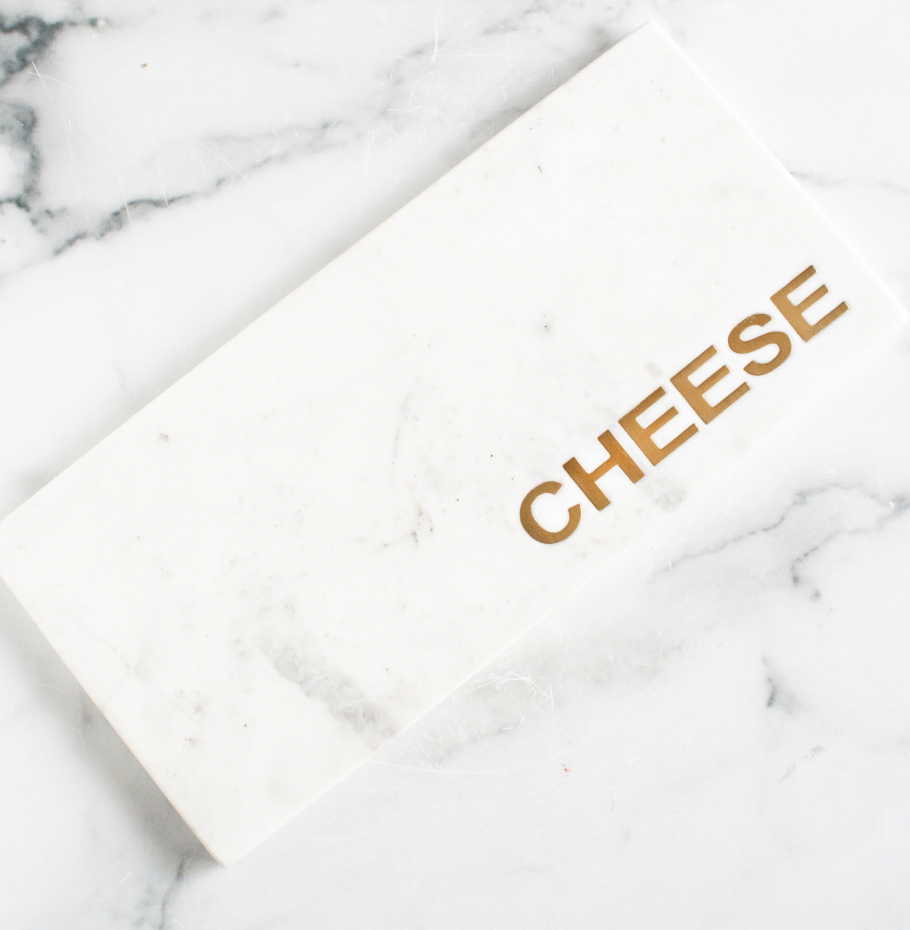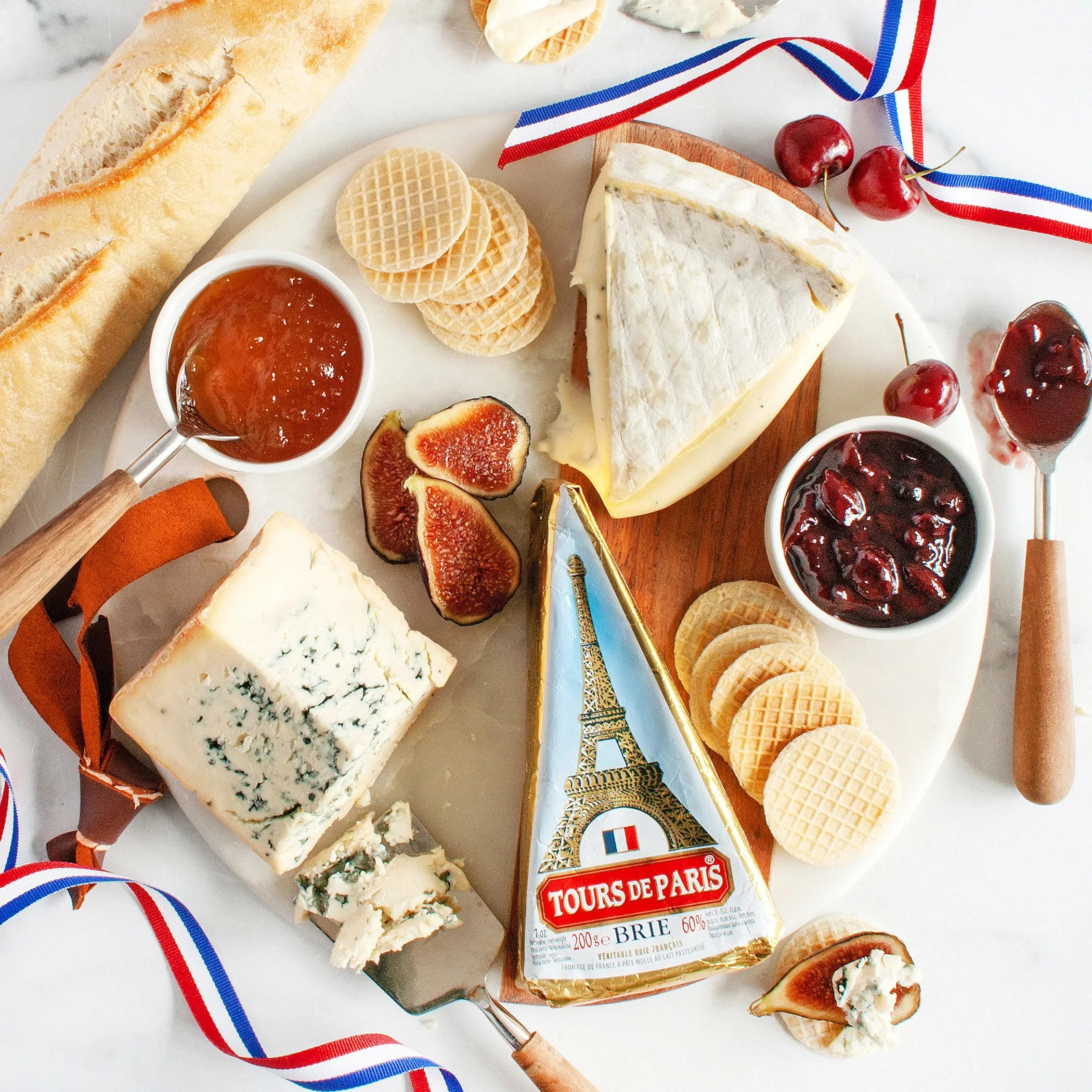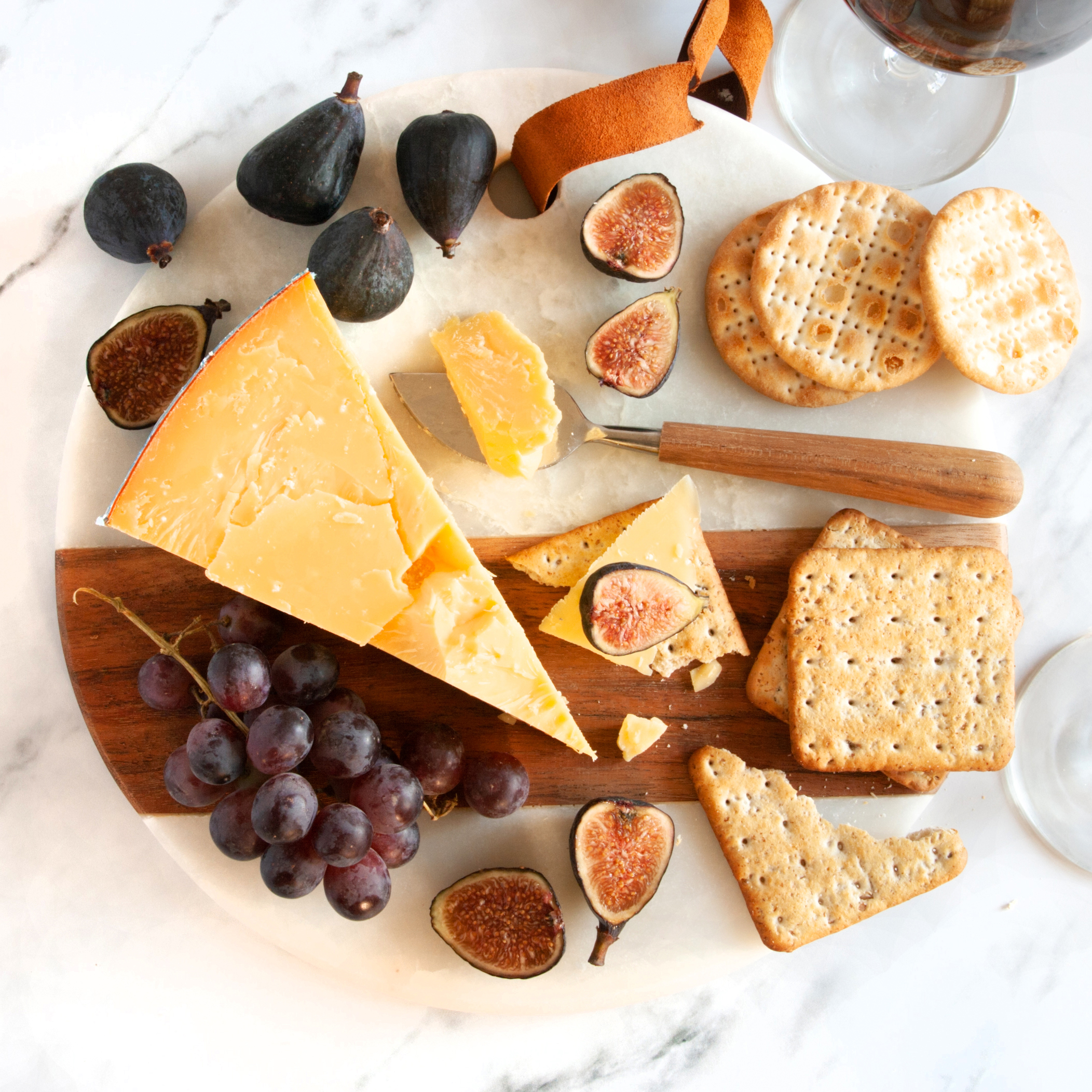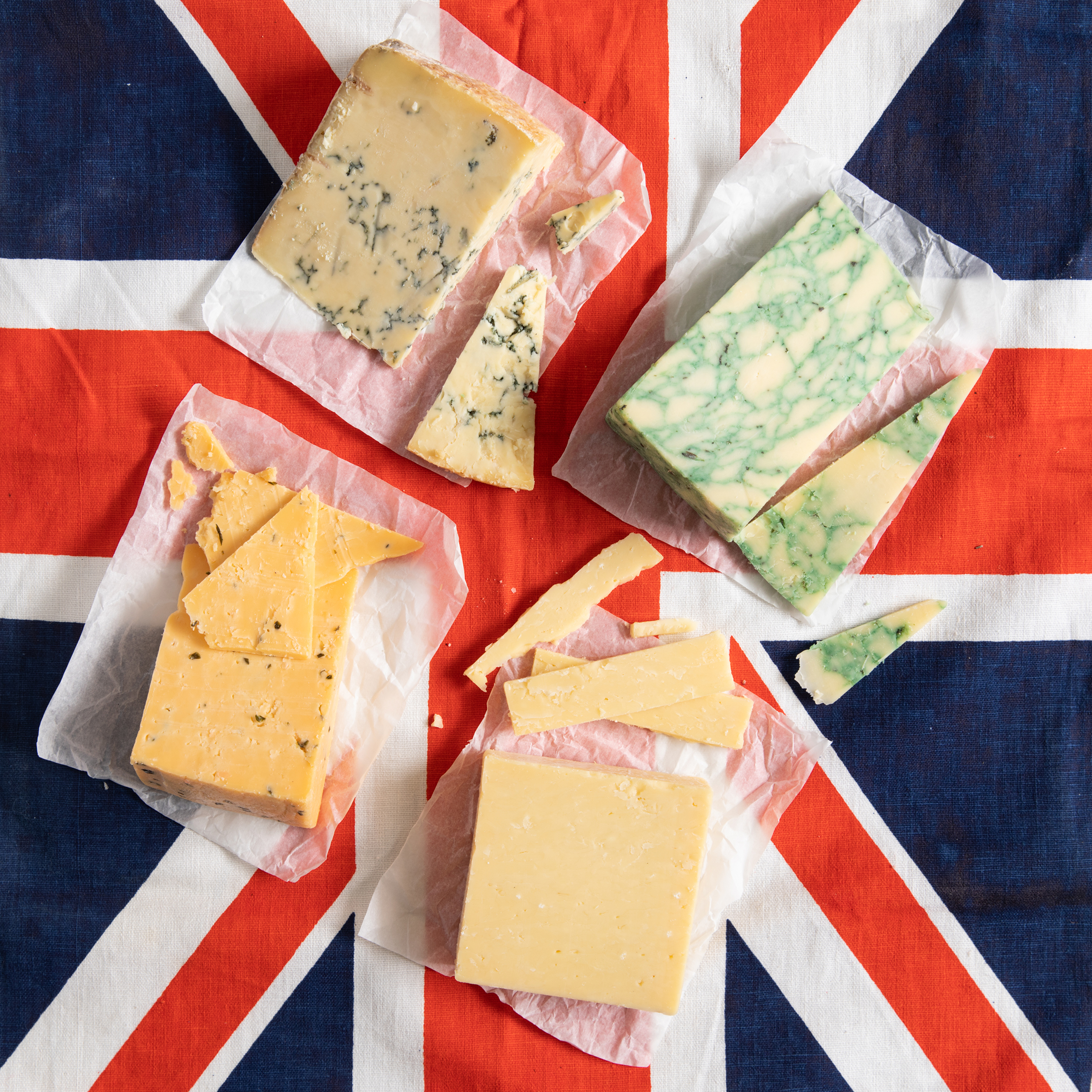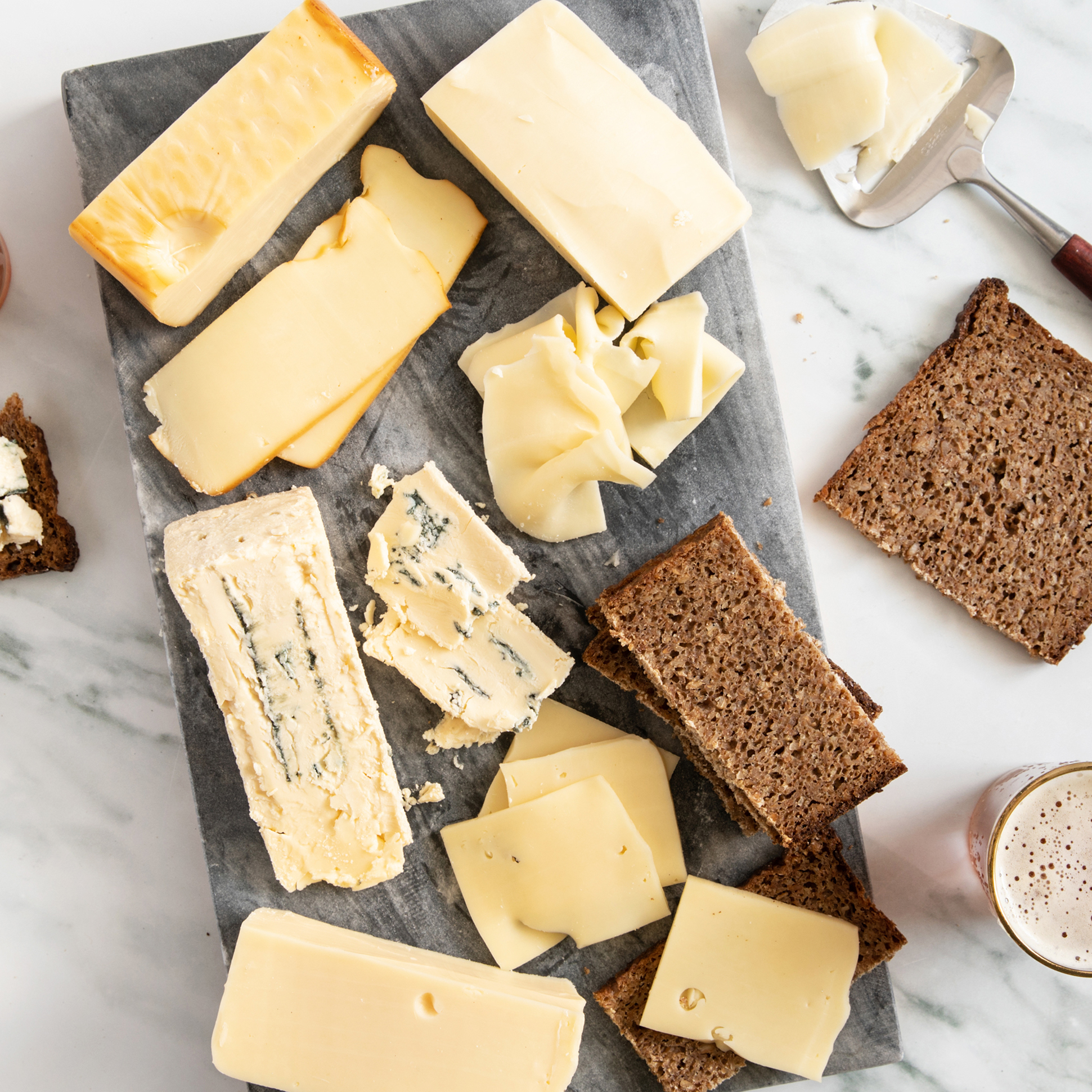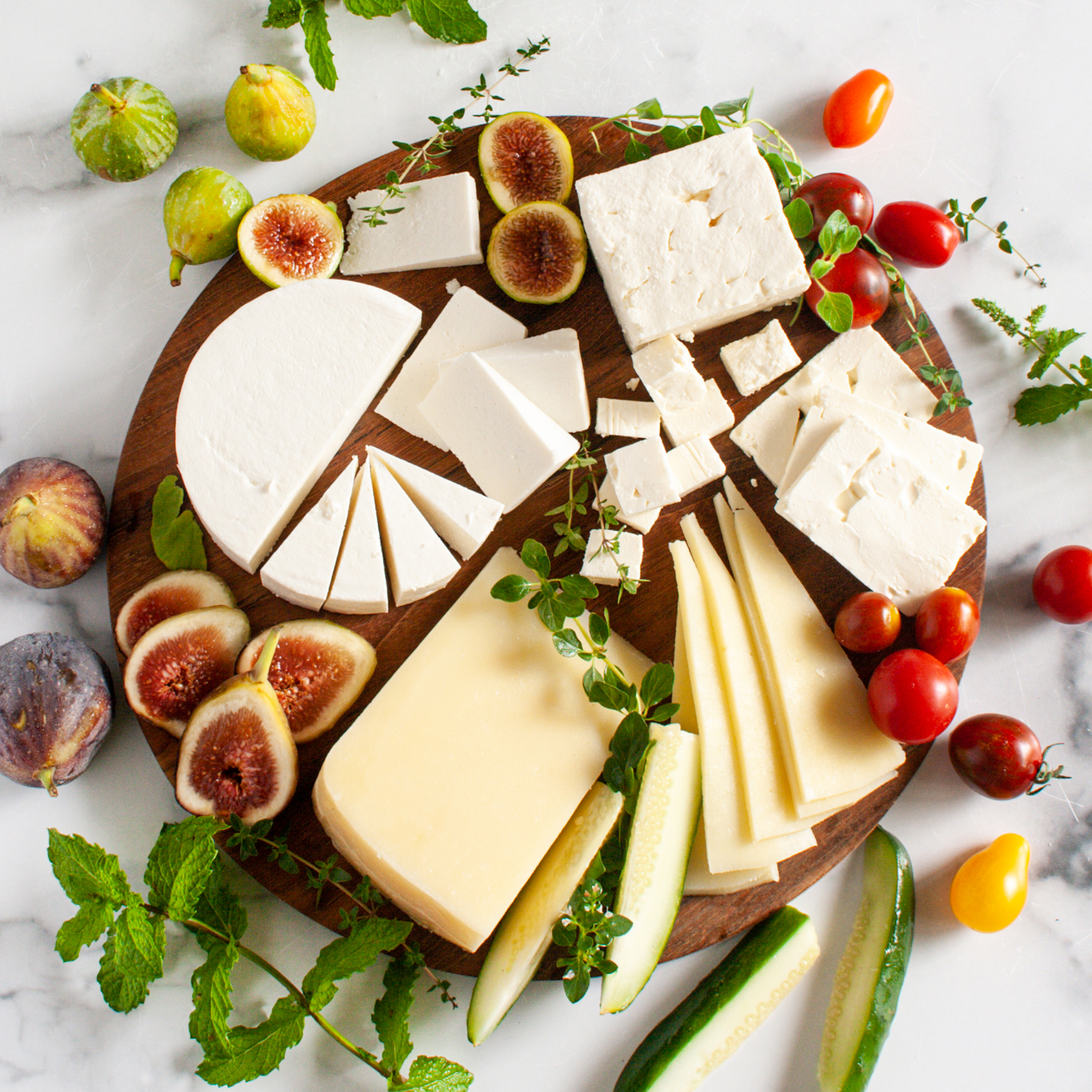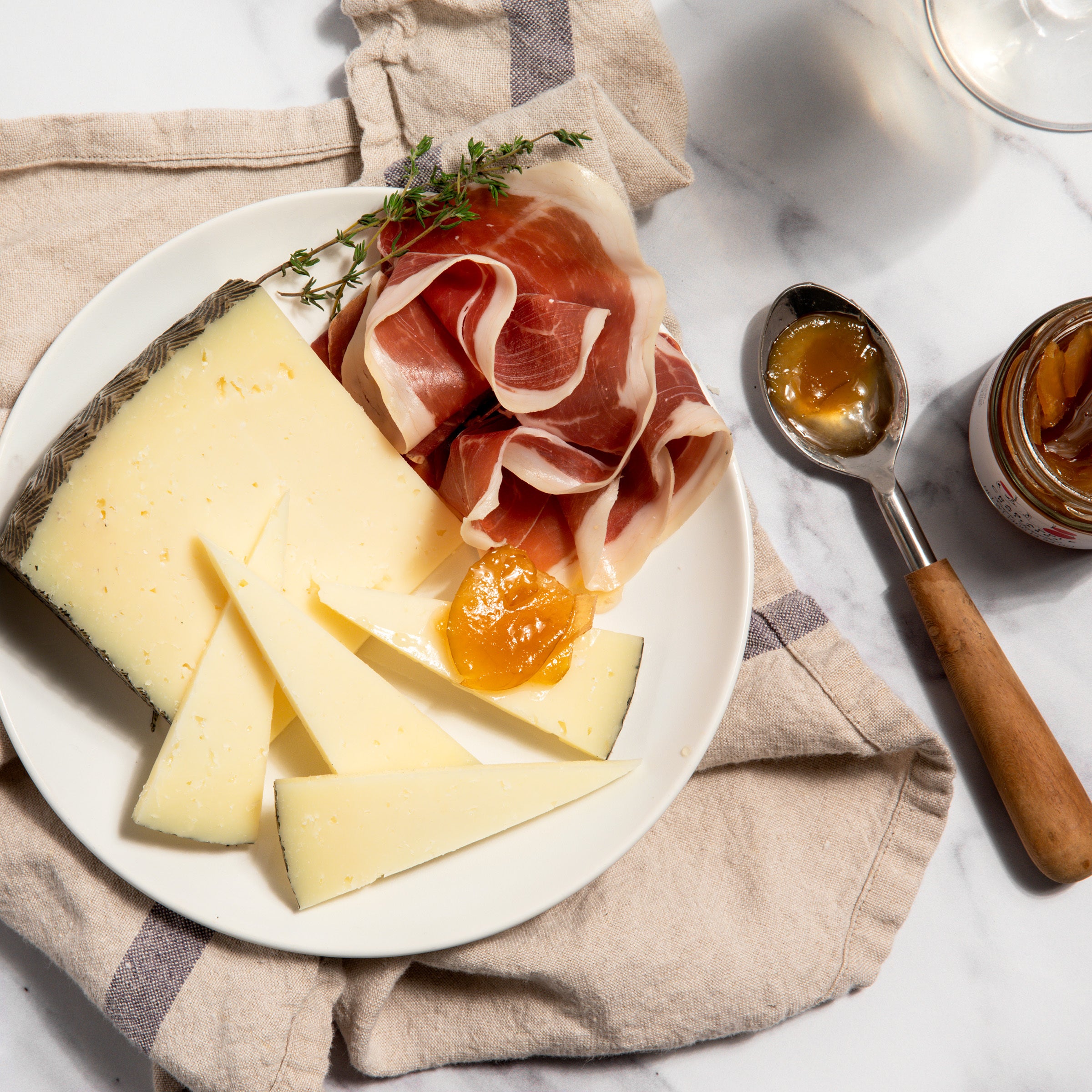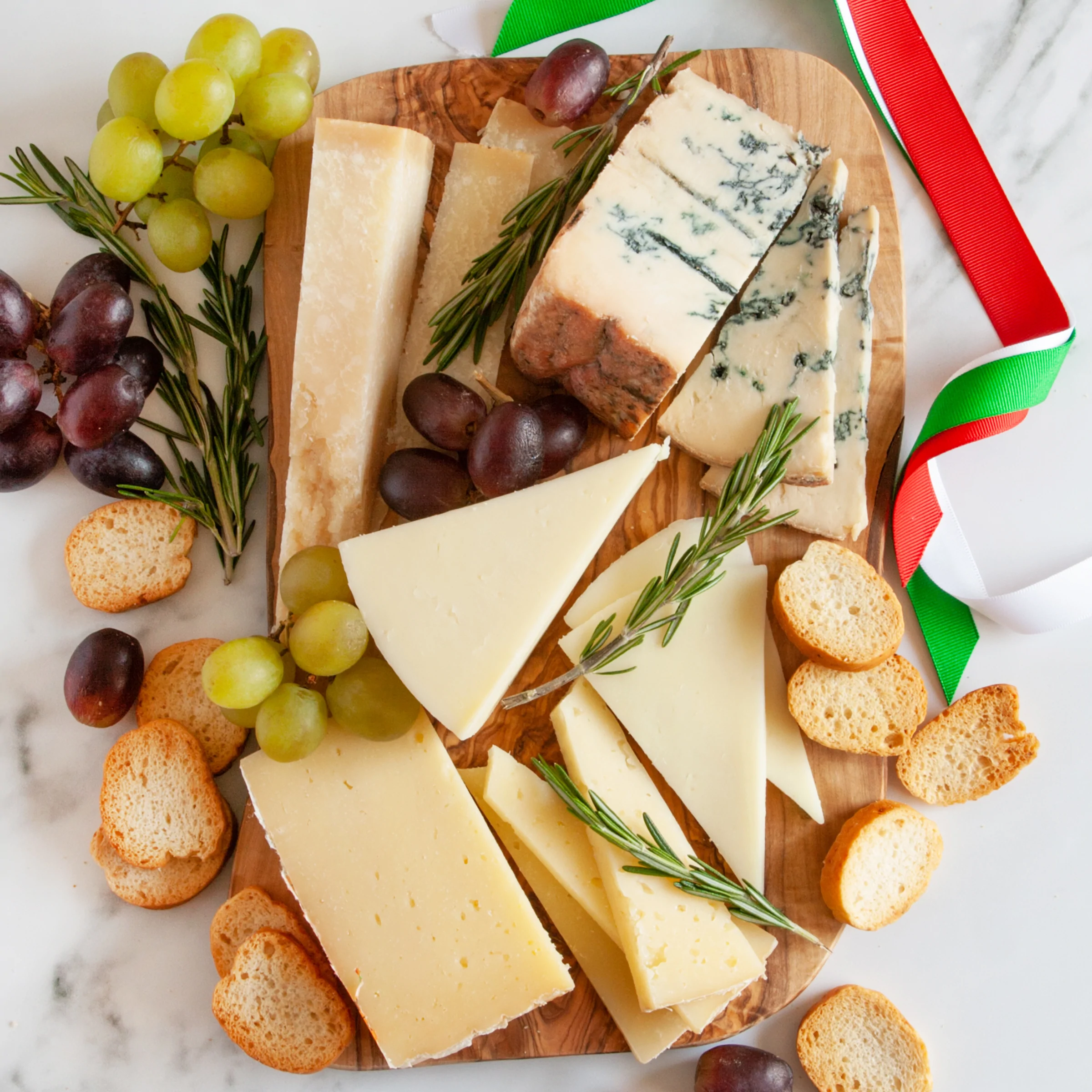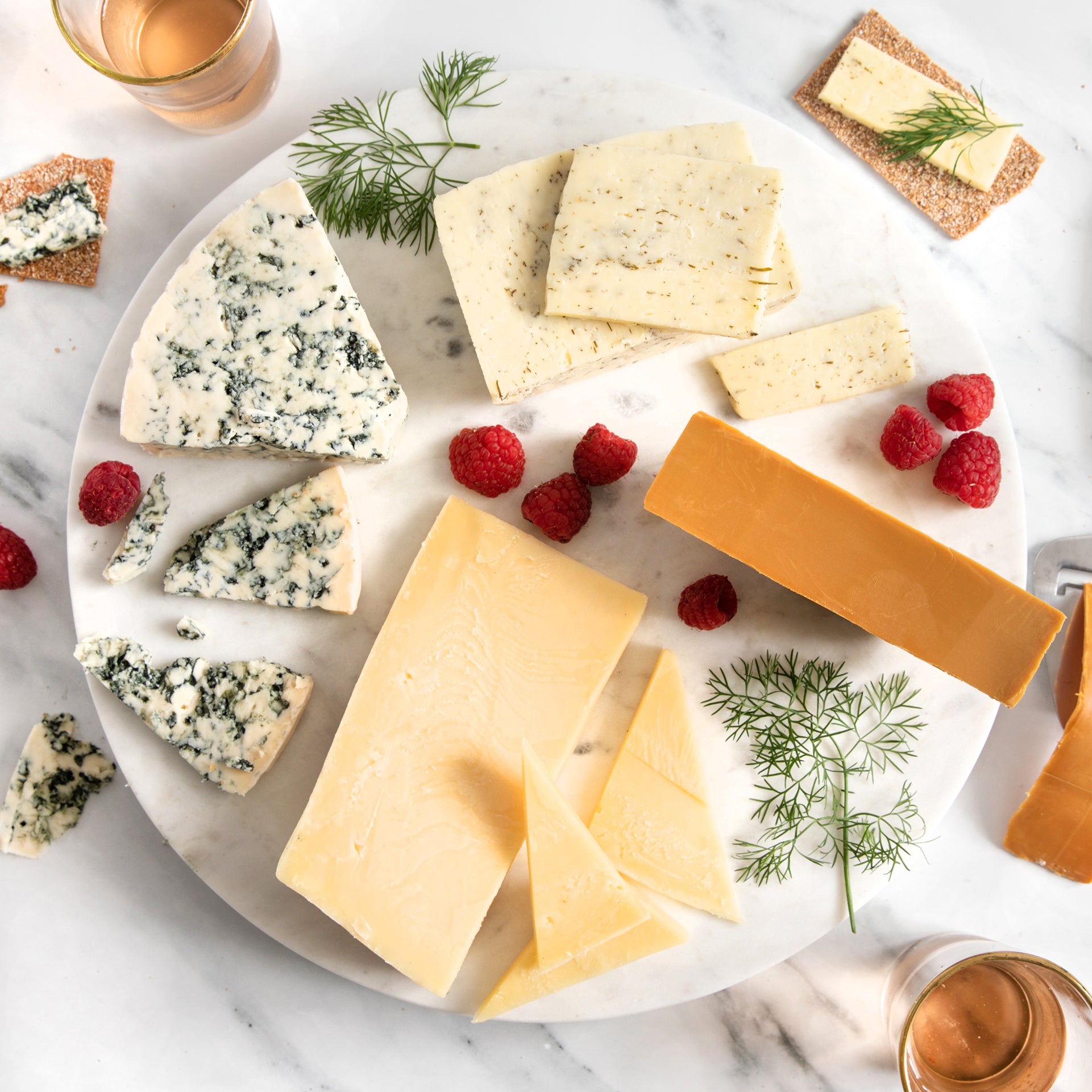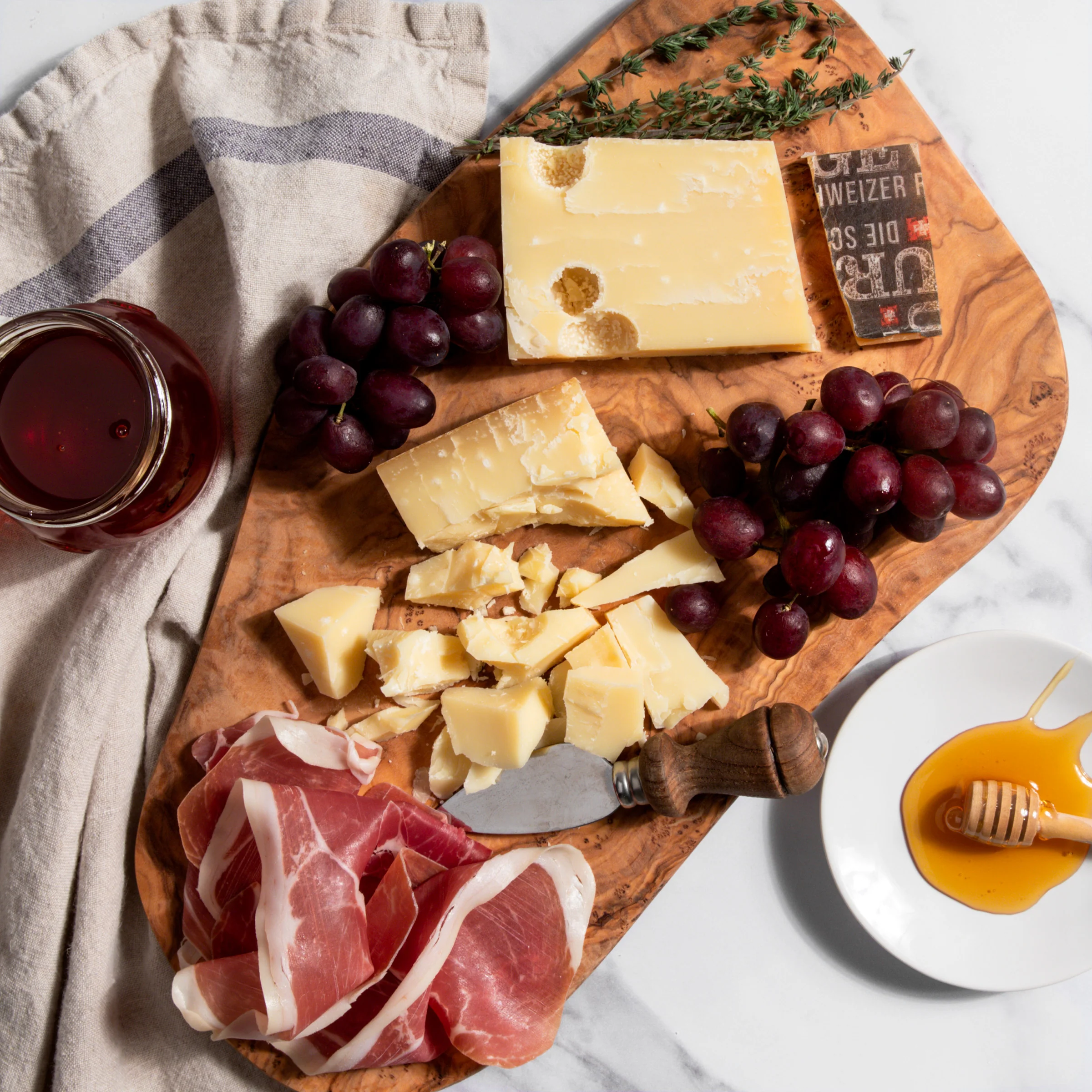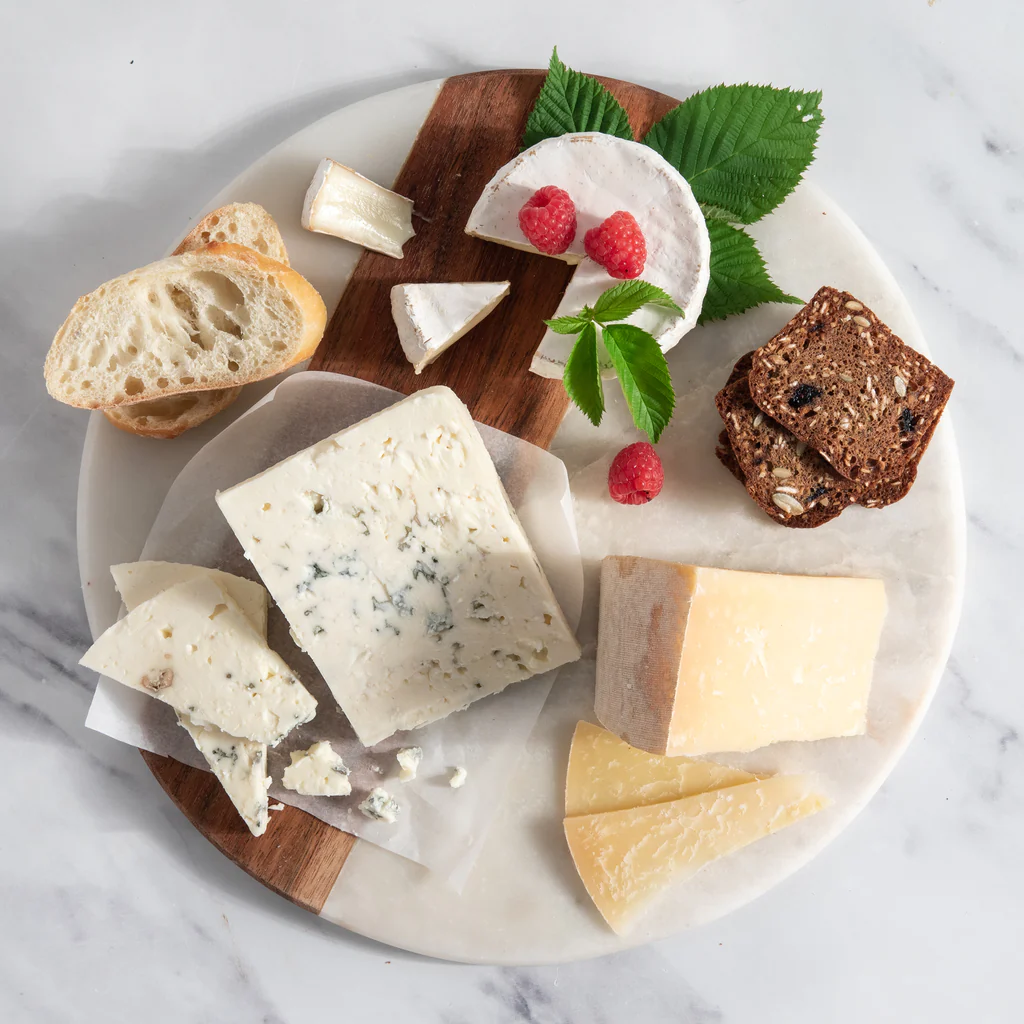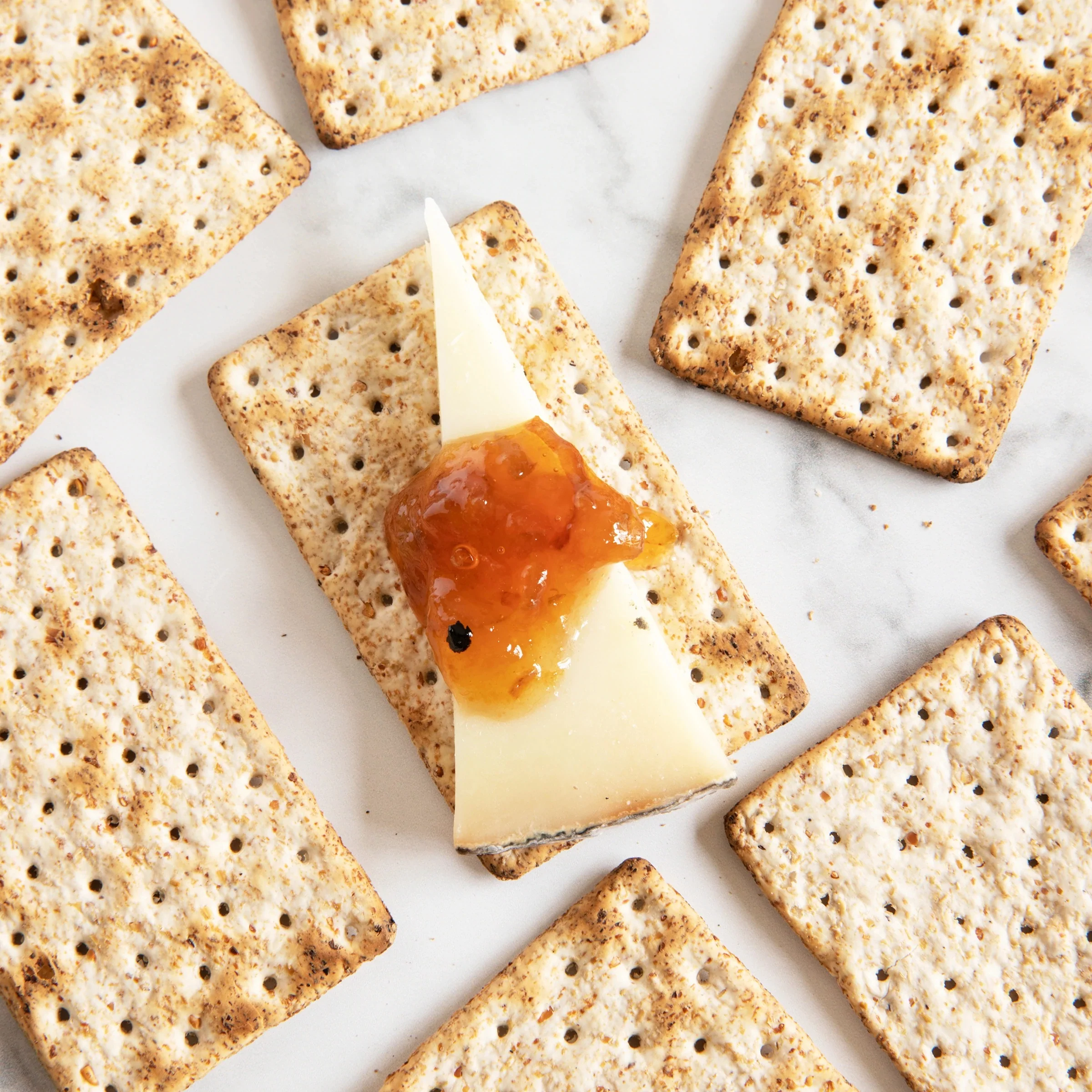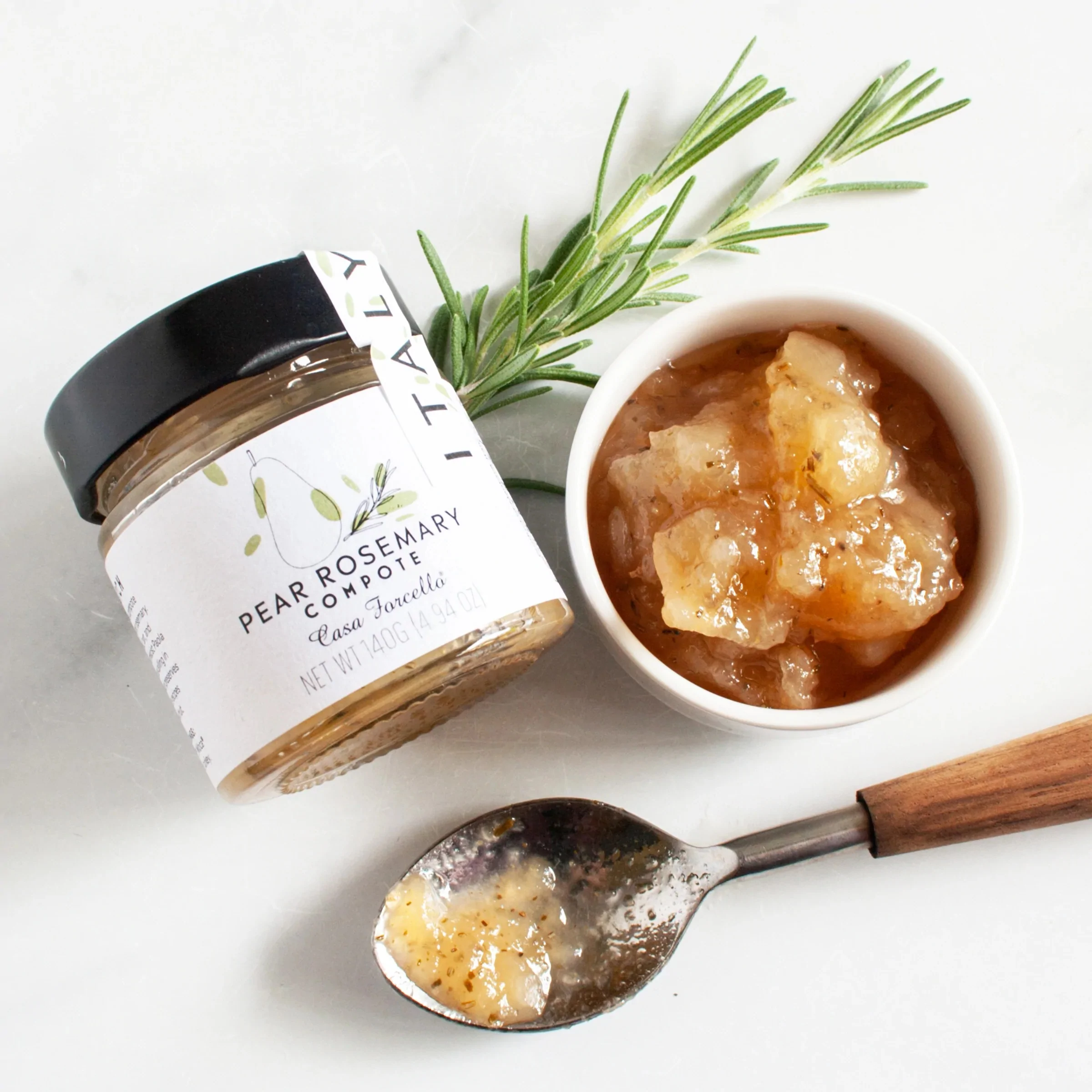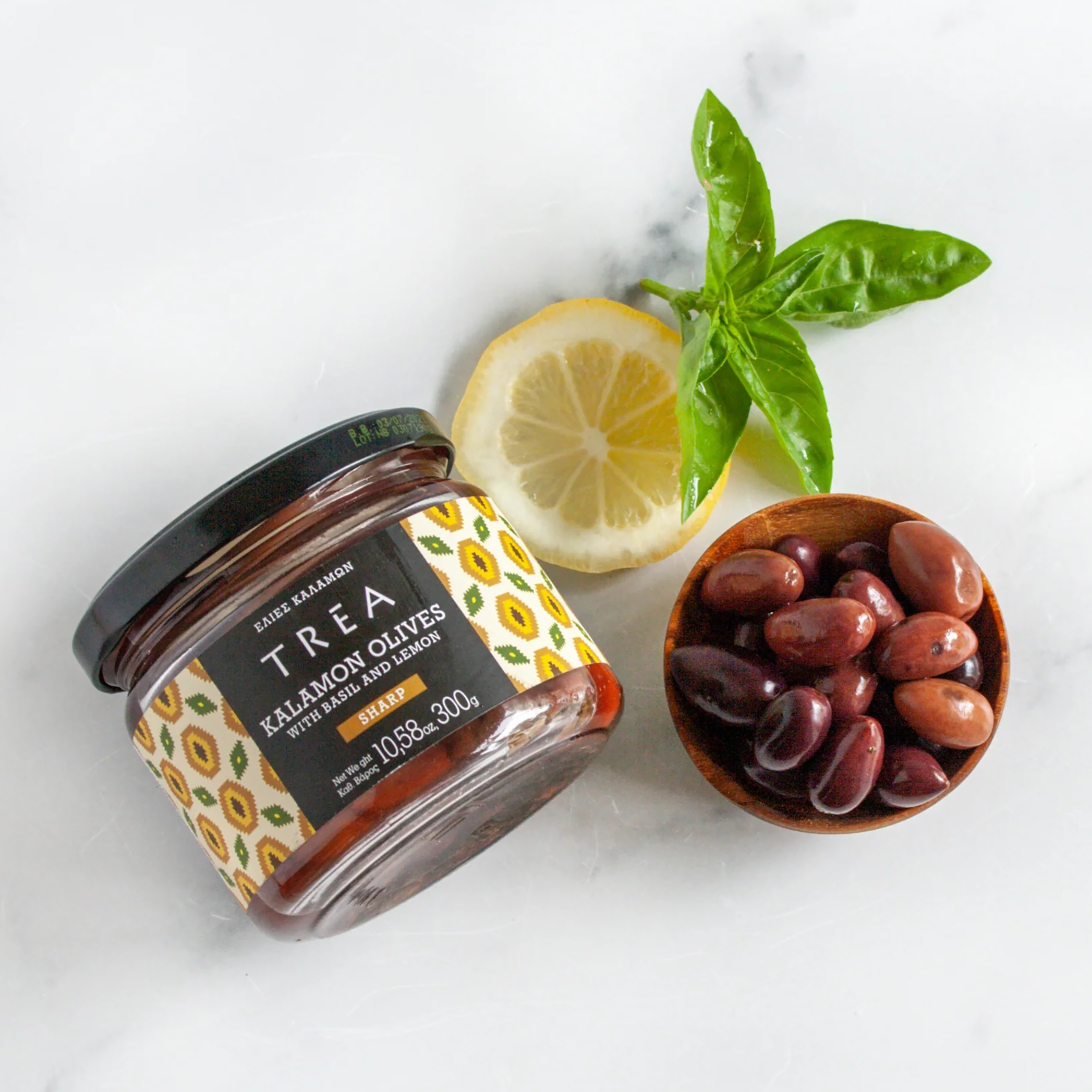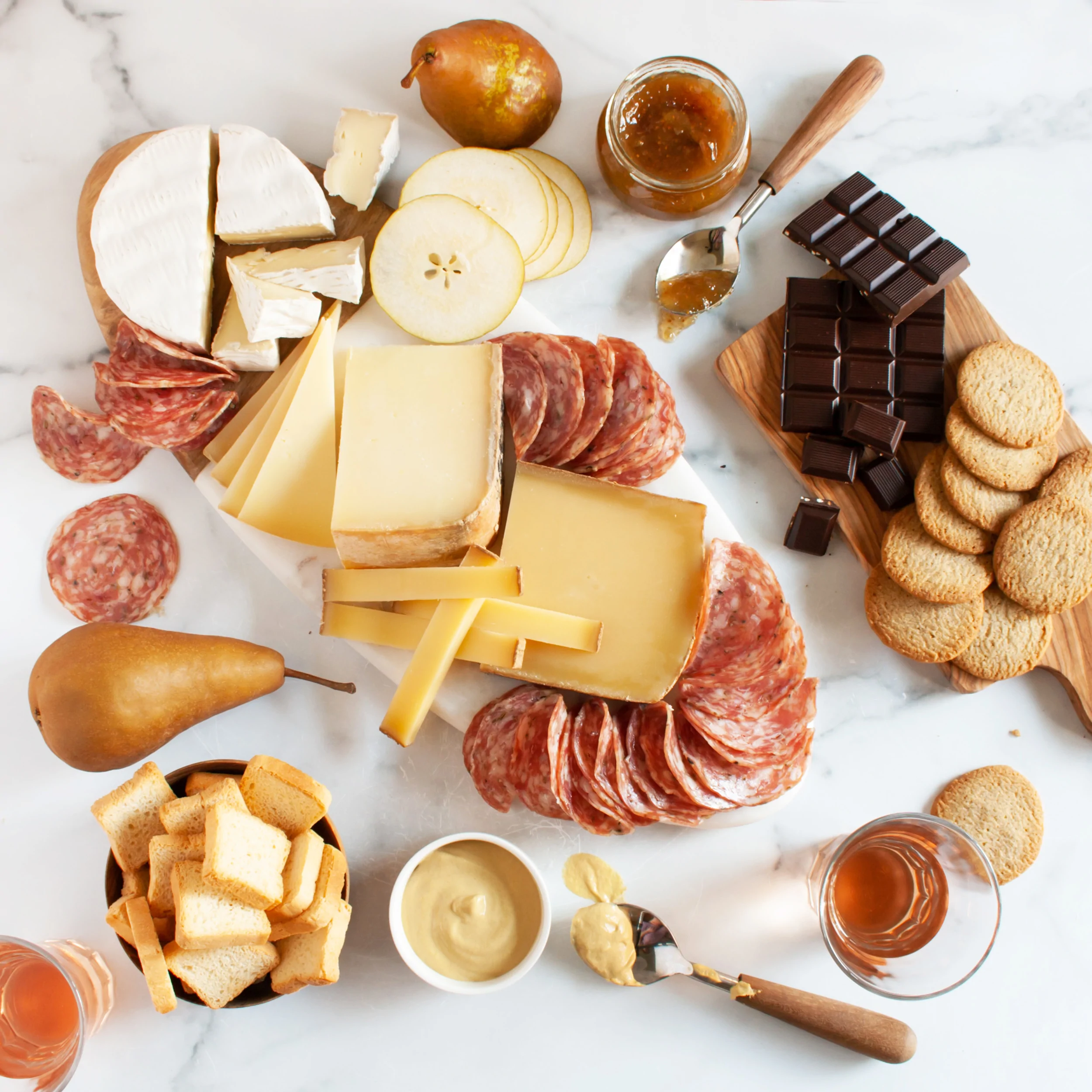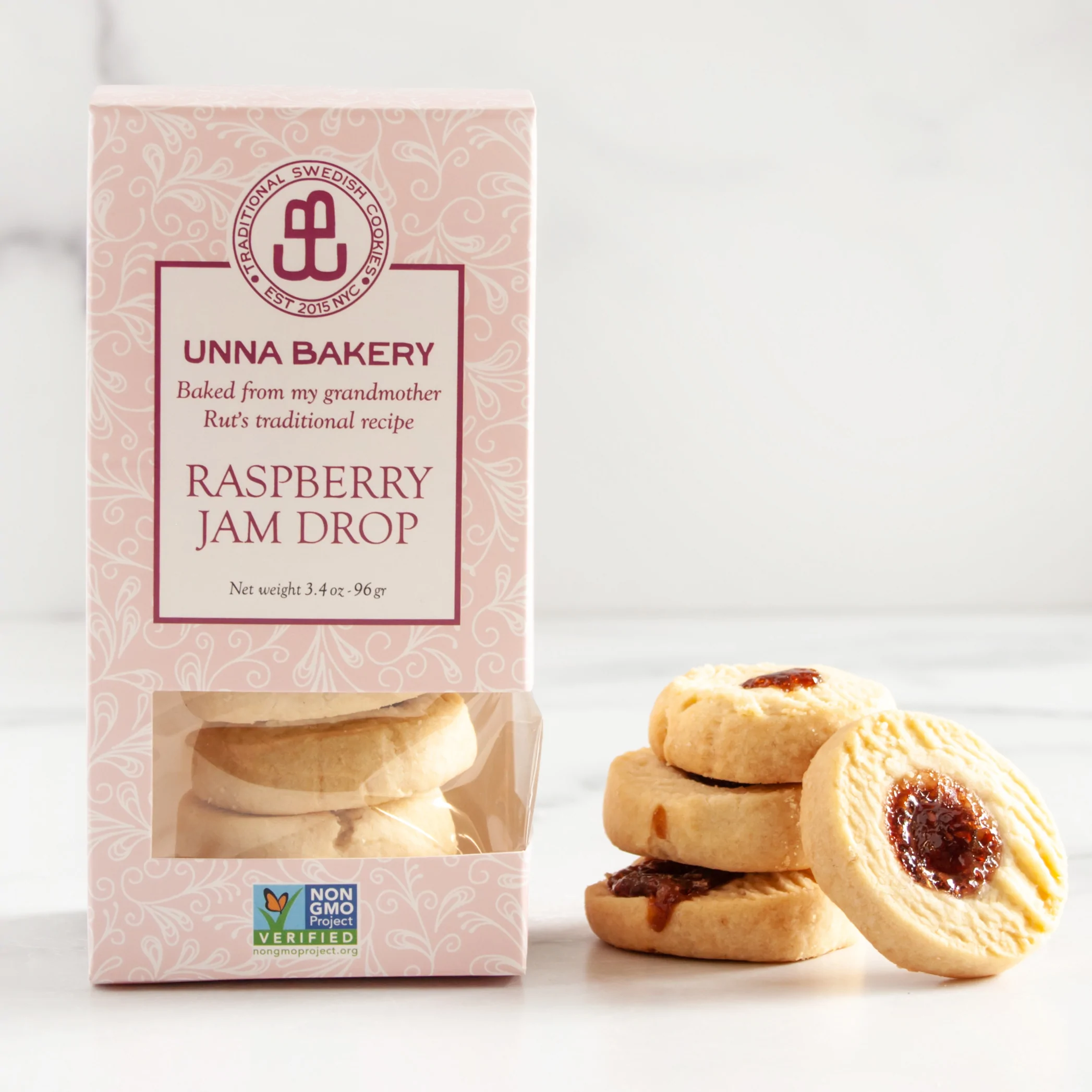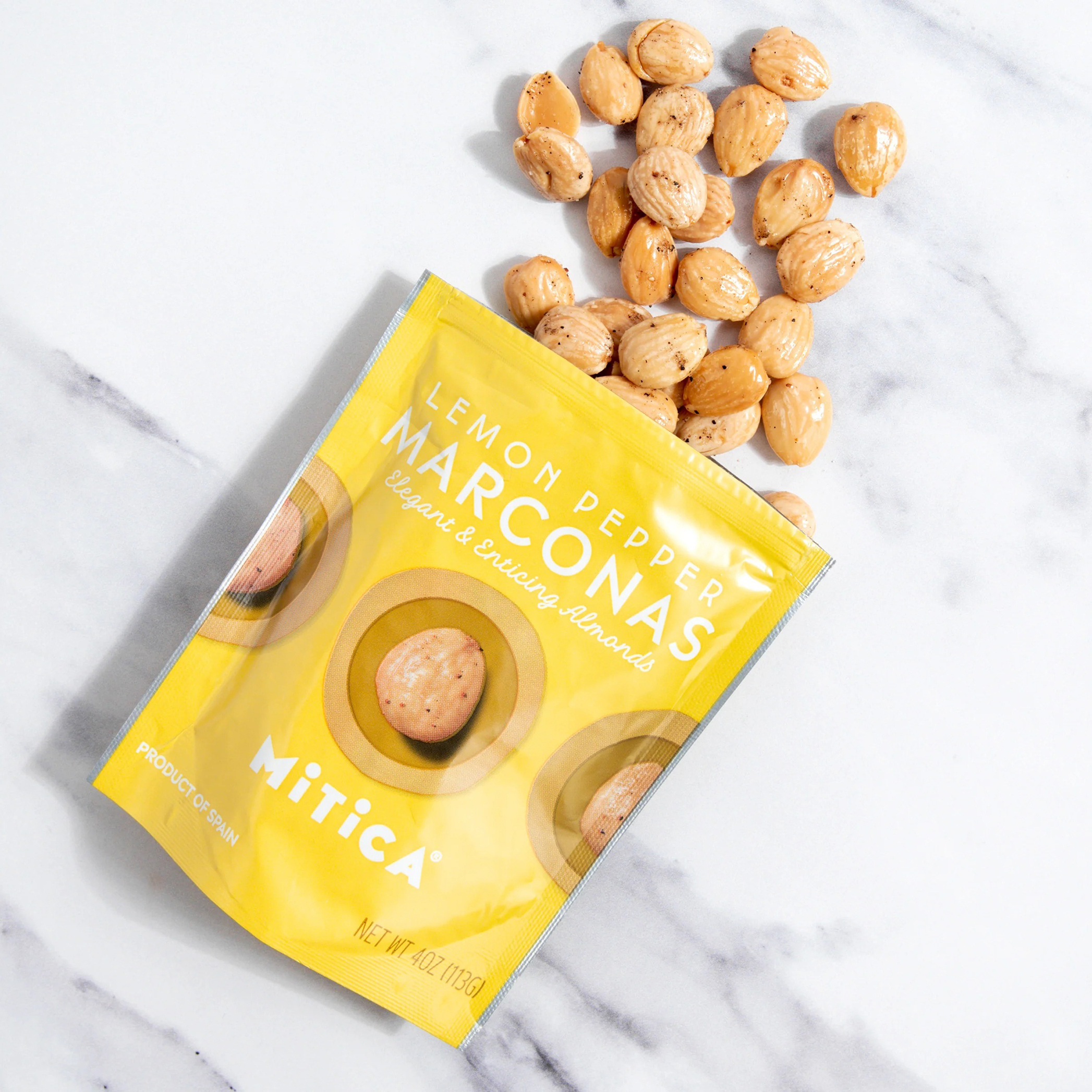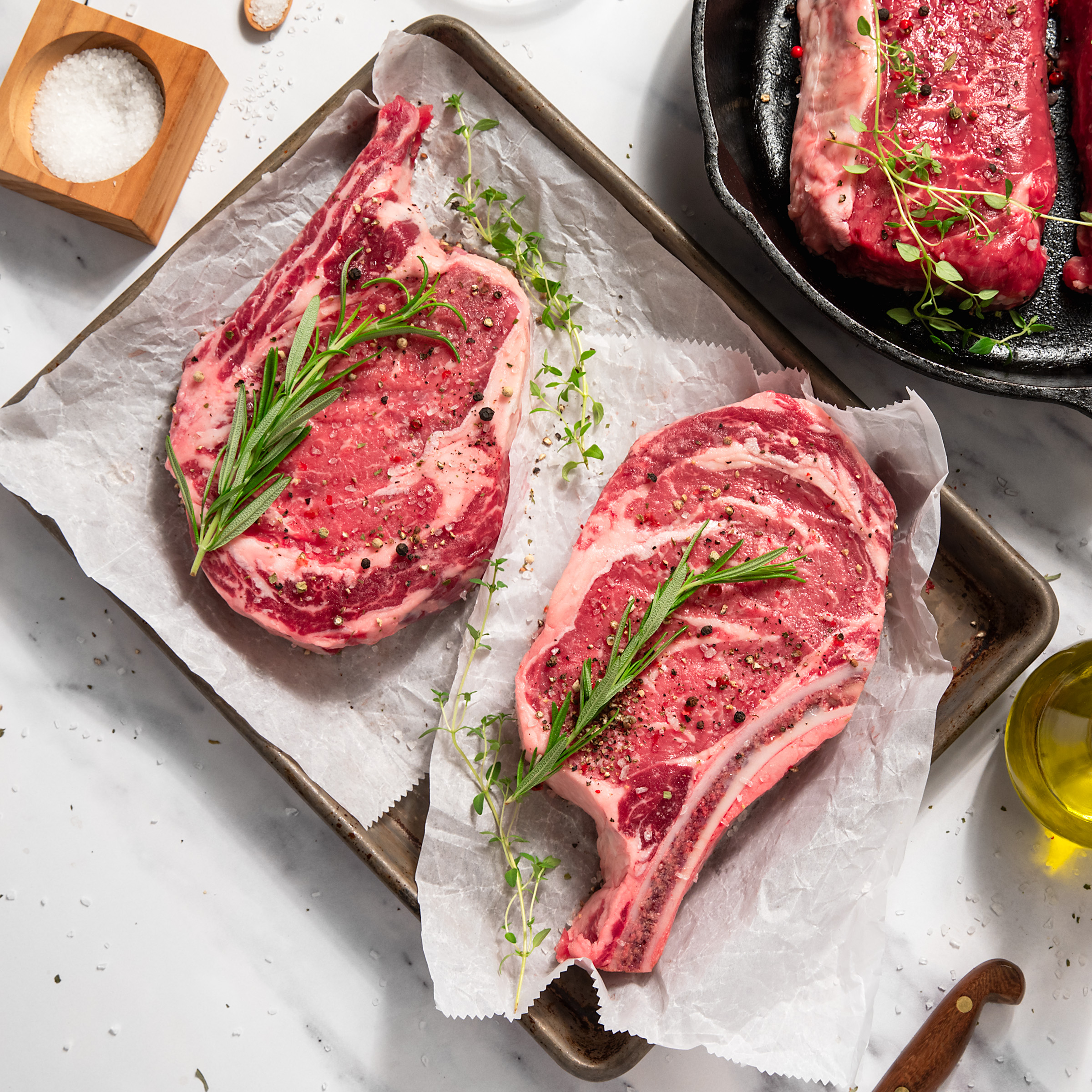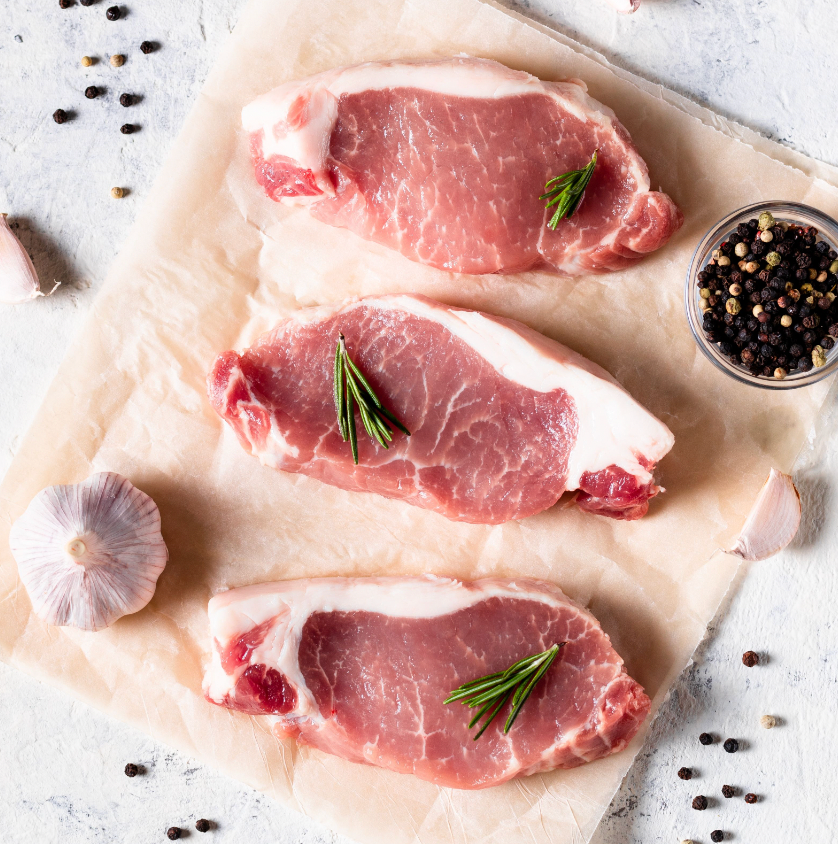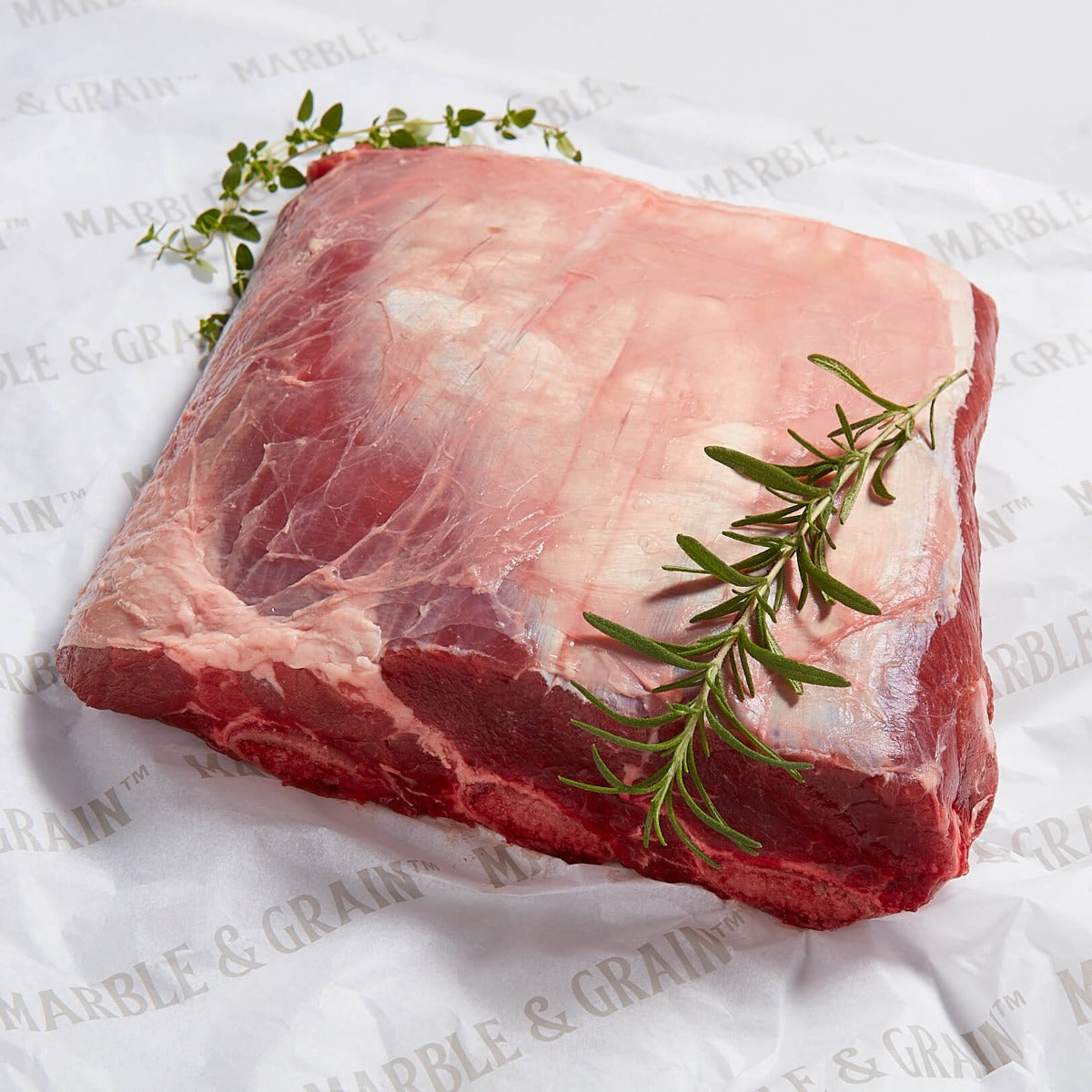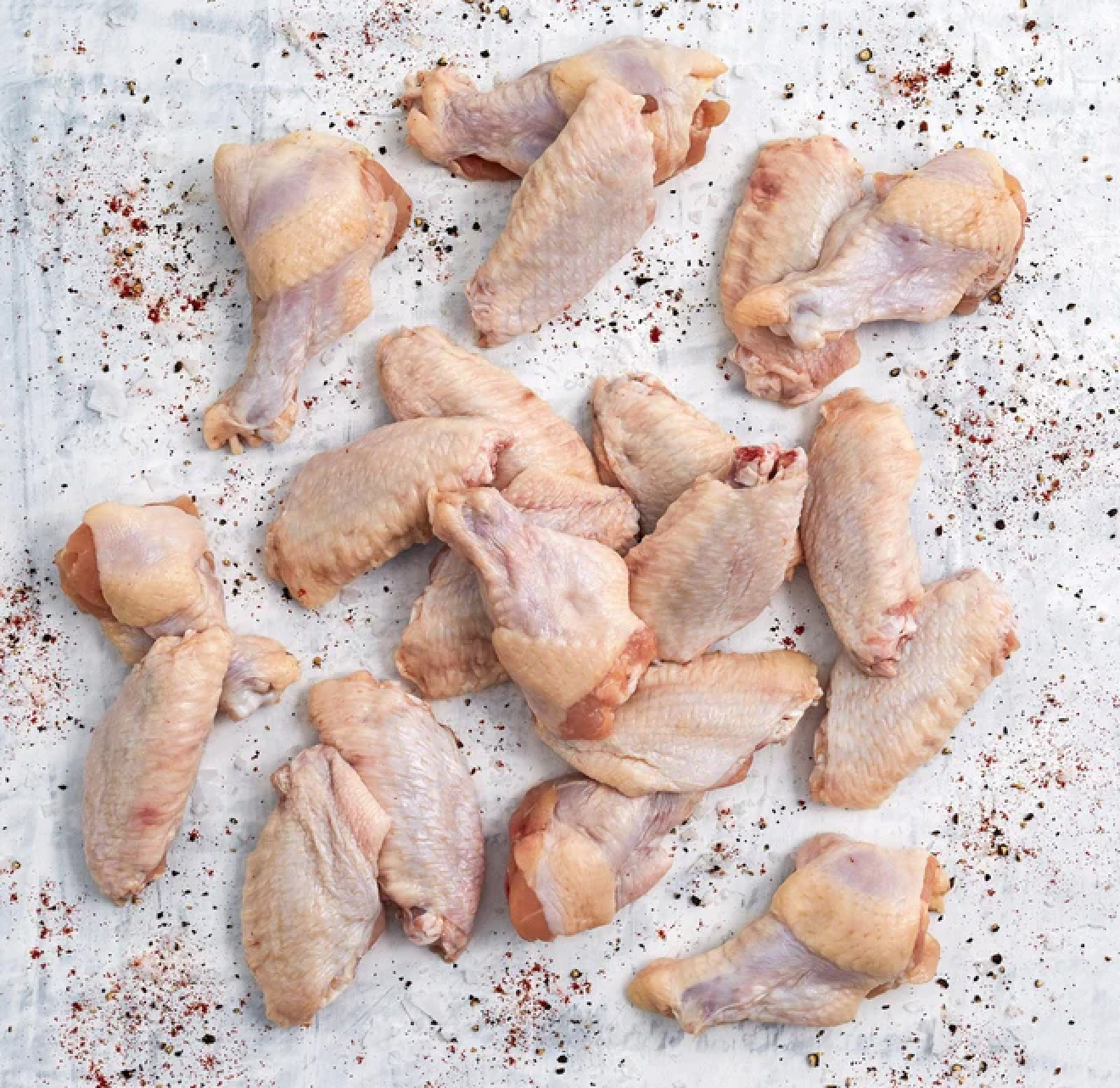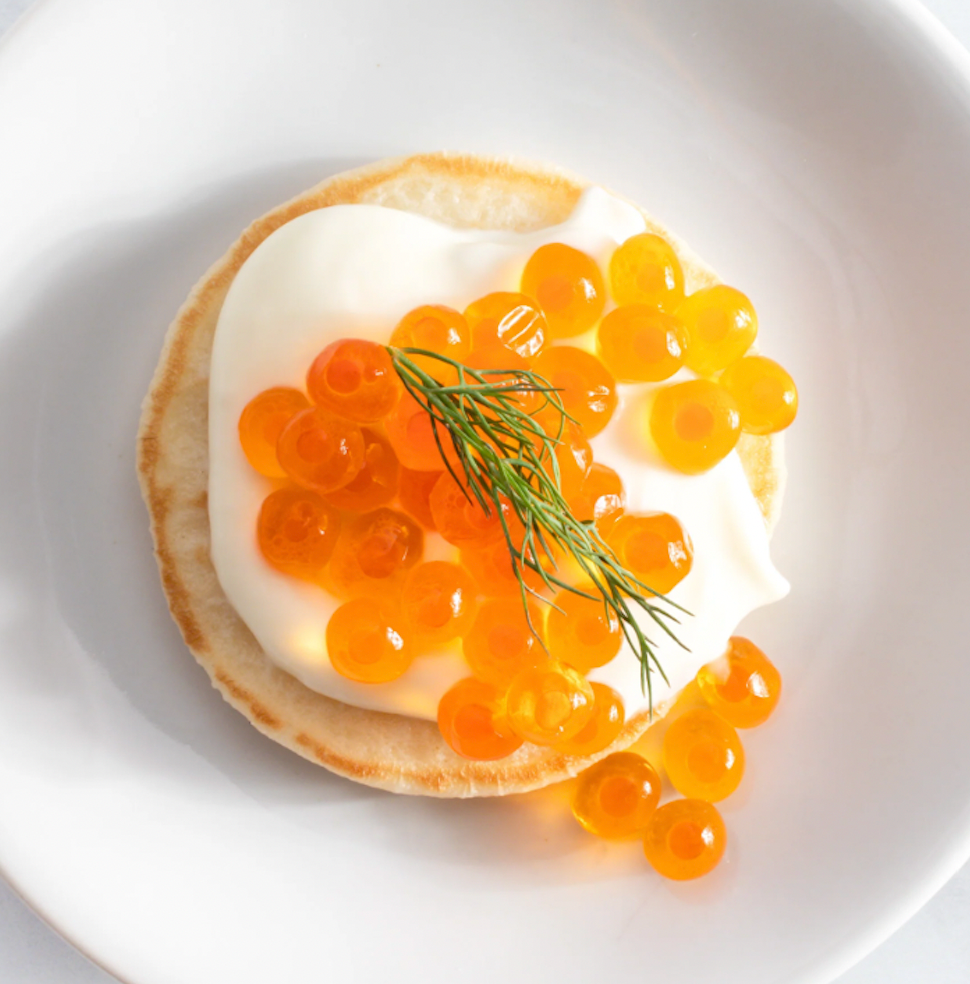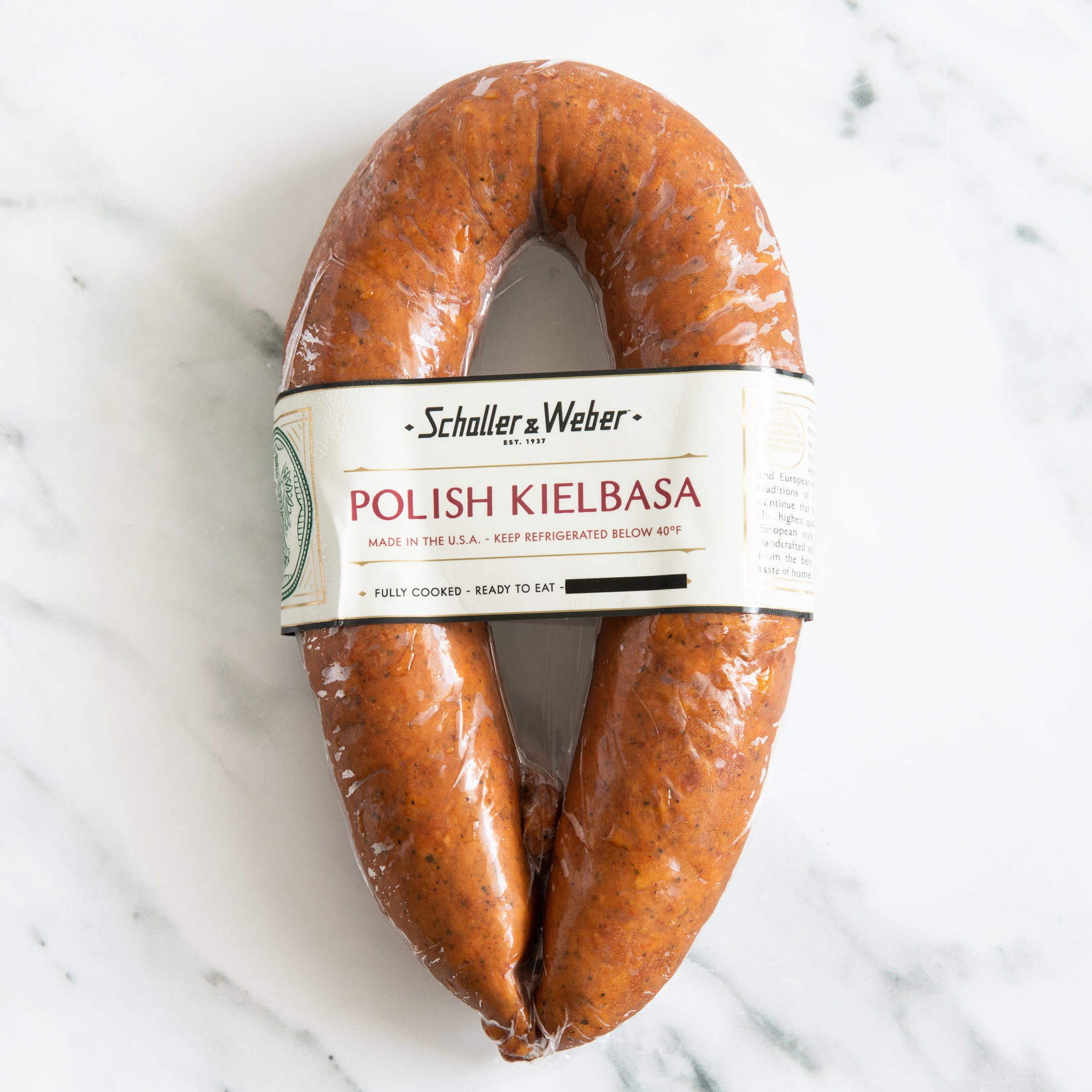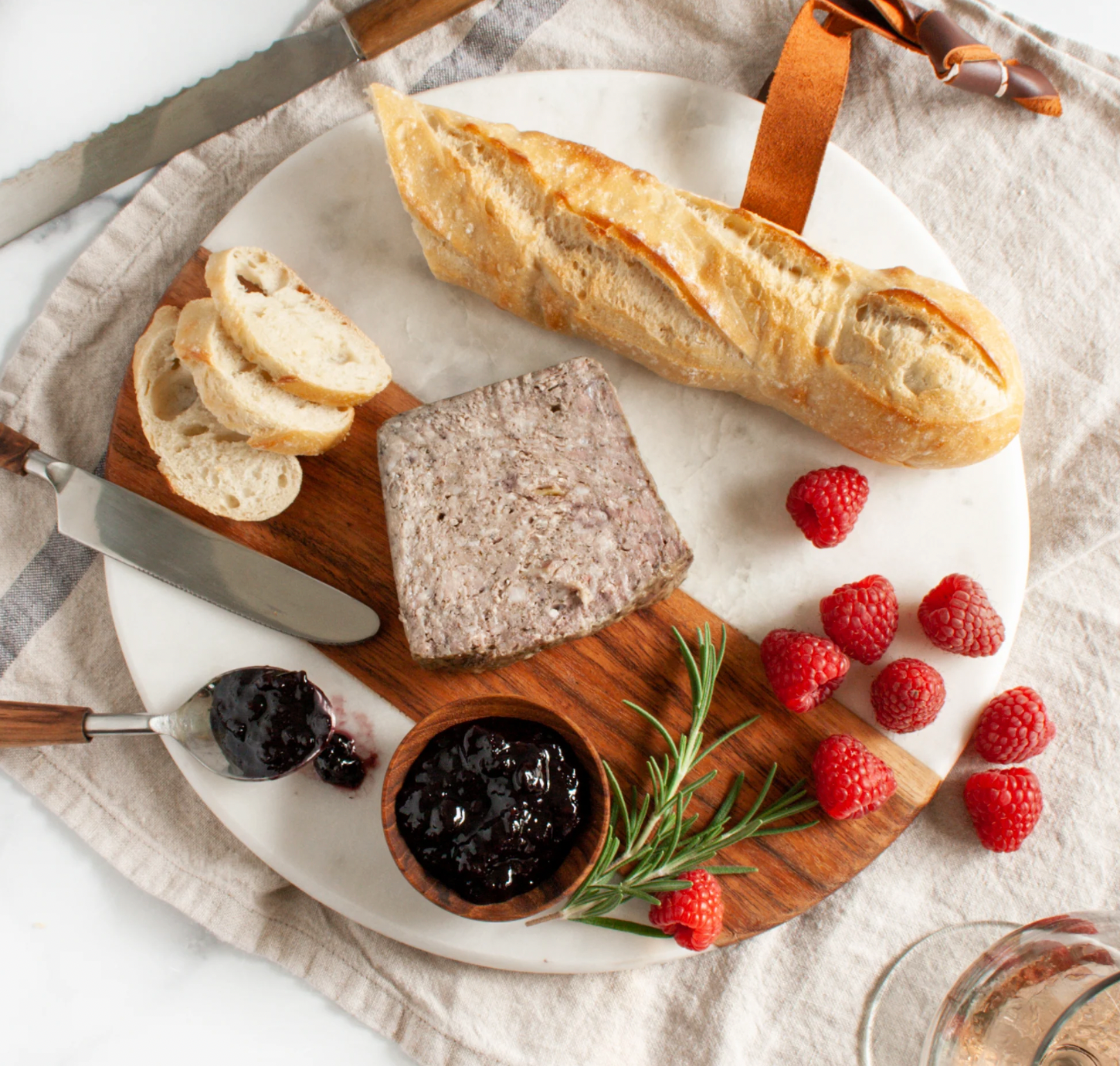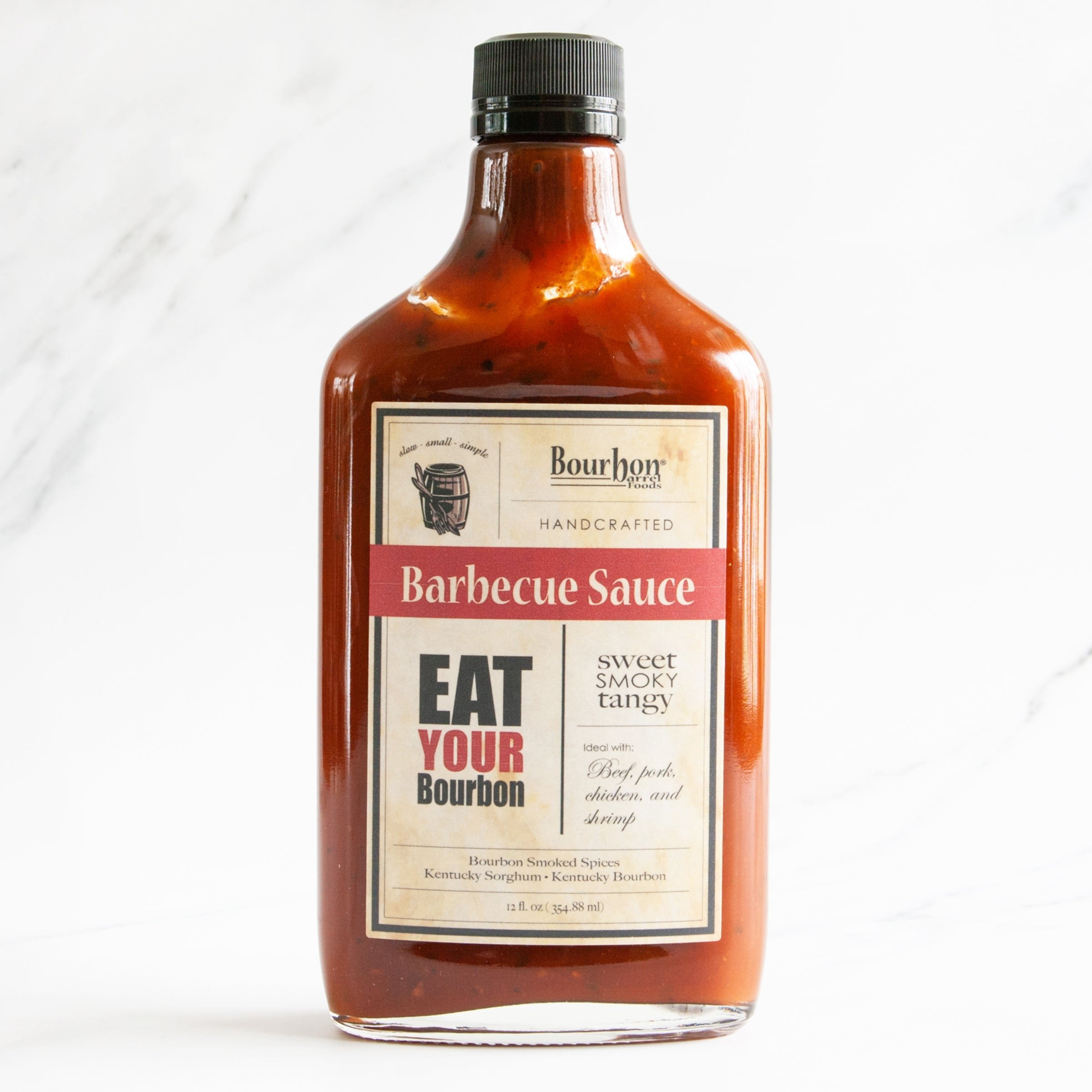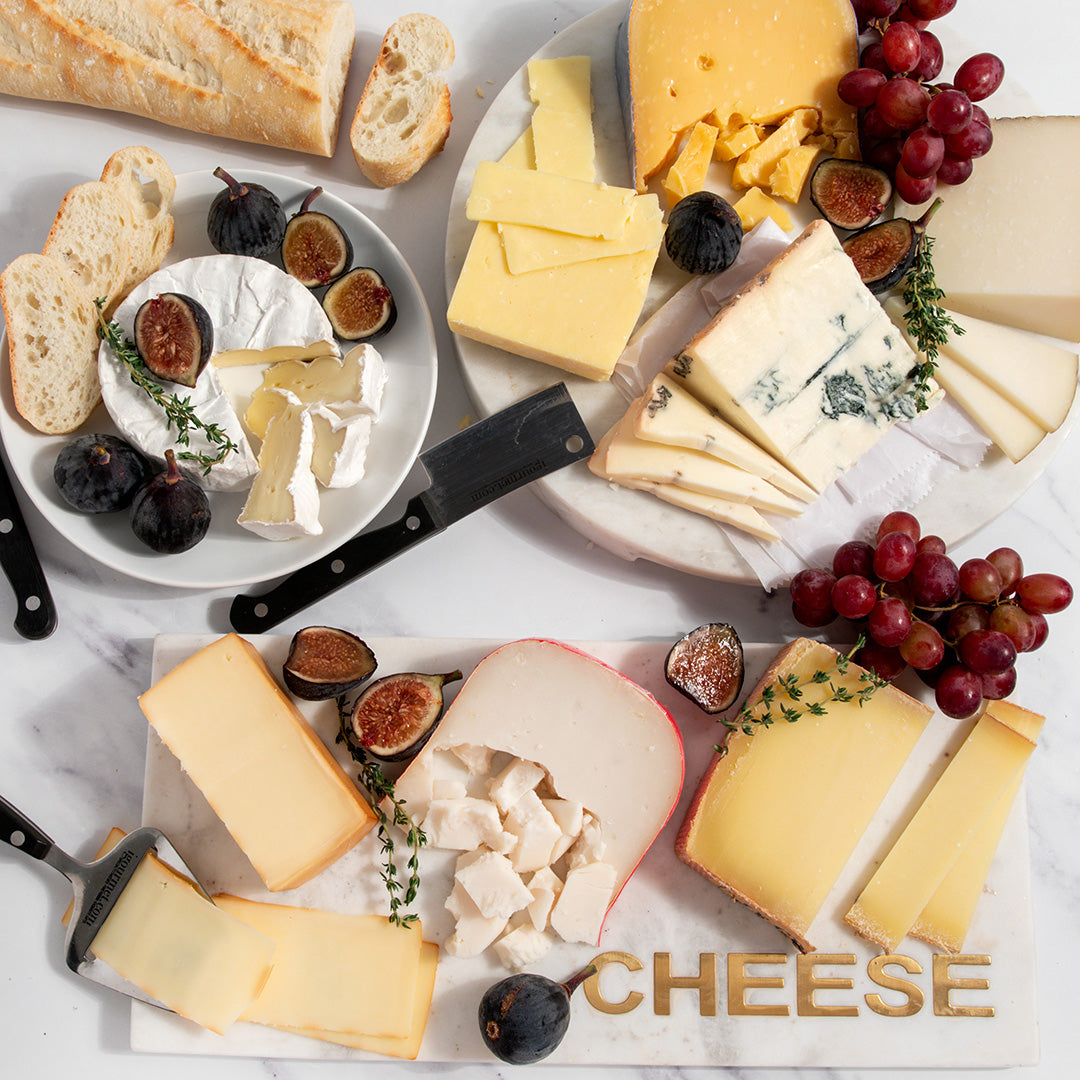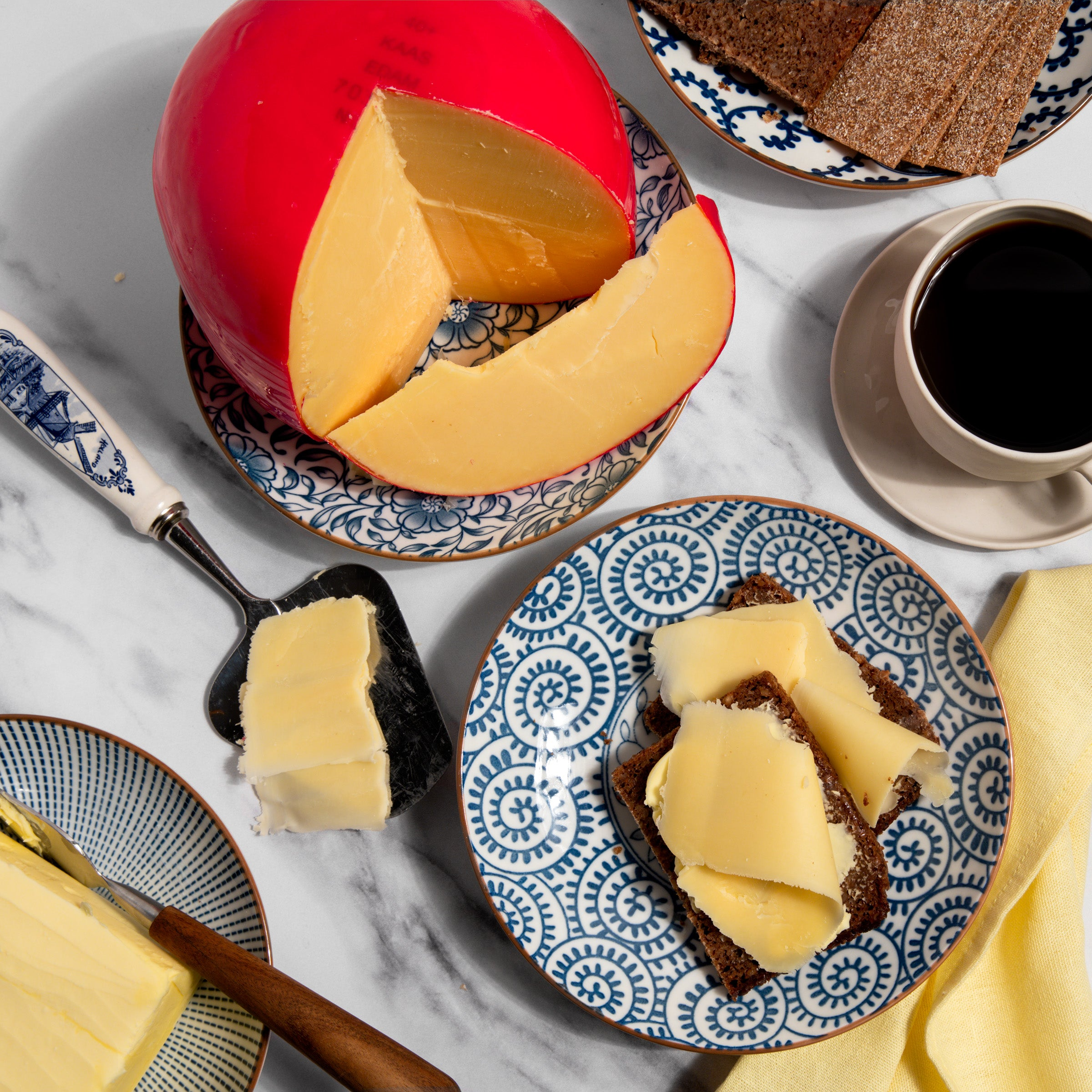Guide to Cheese Types
Balsamic Vinegar - Gourmet Guide
June 12, 2019 | By Dave Mattingly
Buy Balsamic Vinegar online from igourmet.com! please visit our online store and go shopping at the number one imported food delivery service in the USA. Our selection includes Balsamic imported from Modena and Reggio Emilia. When searching for Balsamic Vinegar online, look no further than igourmet.com.
Traditional Balsamic Vinegar Recipes
igourmet.com lists thousands of recipe examples online, many of which include this sweet Italian condiment as an ingredient, including salad dressings, Balsamic vinaigrette, marinades and chicken dishes.
Encyclopedia of Balsamic Vinegar Types
Balsamic vinegars of the commercial variety are ranked on a scale of 0 to 4 by an independent group named the CTAB. The CTAB ranks commercially-produced balsamic vinegars from many of Modena's producers. However, several holdout producers do not use this independent ranking system, prefering their own designation or displaying no ranking on their labels at all.
The CTAB ranking system only applies to commerical balsamics. Non-commercial balsamics are made the traditional way. The best are aged for over 12 years, as aging is an important factor in the development of flavor. The aging process uses the Solera system which incorporates a series of barrels of decreasing size. Every year, a portion of balsamic from a younger, larger barrel is taken out and added to the next barrel down the line. This culminates in a finished product at the end of the rack. Traditional Balsamic Vinegar of Modena is prohibitively expensive, with a 100ml bottle costing over $80.
Commercial balsamics are made by blending traditional balsamic with simple red wine vinegar. Basically, the higher the ratio of traditional to red wine yields a higher rank. However there are many other factors, including the quality of the wine vinegar and the age of the traditional, that affect the ranking of a commercial balsamic. A "0 leaf" balsamic might be 95% red wine vinegar with a splash of traditional and some caramel coloring to give it a dark color. A "1 leaf" is much better than a "0 leaf" and is the prefect balsamic for making a salad dressing recipe.
At the "2 leaf" level, the sweetness of the traditional Balsamic begins to overpower the tartness of the red wine vinegar. A "2 leaf" may be too sweet for some people's tastes when used in a salad dressing. "2 leaf" Balsamics are better for use in marinades, or as a drizzle over finished dishes. A "3 leaf" is an even sweeter product - and twice the price of a "2 leaf". Its richness makes it a perfect condiment for fish, lamb or beef; either in a gravy or sauce or drizzled straight out of the bottle. A "4 leaf" is syrupy sweet with only a hint of vinegar acid. This specialty item is used as a dessert topping, drizzled over ice cream or cake. In Modena it is popular to drizzle it over Parmigiano Reggiano or Grana Padano cheese as a dessert too.
Before the advent of the leaf system, there was a lot of confusion about Balsamic Vinegar. It can be very confusing staring at a shelf with $5 bottles sitting right next to $20 bottles. As we all know, price is not always an indication of quality, so be sure to look for the leaves!
Balsamic vinegar can only be produced in Modena and Reggio Emilia in Italy. The process of making it begins by cooking Trebbiano grape juice. This cooking reduces the water content of the juice, turning it into a syrup called must. The must is then poured into the first wooden barrel of a Solera series, mixed with an older Balsamic vinegar batch to begin the acetification process. Each year 50% of the vinegar is transferred down the line to a slightly smaller barrel, along the way acquiring some of the flavors of the different woods. The only approved woods are oak, cherry, chestnut, mulberry, acacia, juniper, and ash.
White Balsamic Vinegar
A new type of Balsamic Vinegar is White Balsamic Vinegar. It owes its pale golden color to a low pressure cooking method. Because it is not dark like traditional Balsamics, White Balsamic Vinegar does not change the natural look of the food it is being drizzled over. Enjoy White Balsamic Vinegar on grilled vegetables, fish or poultry.
About Aged Balsamic Vinegar
It is illegal under Italian law for a Balsamic Vinegar manufacturer to advertise the age of a commercially produced Balsamic Vinegar. Many manufacturers try to bypass this law by simply putting a prominent number on the label like "10" or "12", hinting that the Balsamic in the bottle is aged for that many years. This law is in place because it is impossible to verify the age of a Balsamic Vinegar due to its production method. Commercially produced Balsamic Vinegar is a blended product, made from Traditional Balsamic and ordinary red wine vinegar. The Balsamico content itself is a blend from stock taken from barrels of different ages. Unless it is pure Aceto Tradizionale di Modena, which is stamped with the official seal, be very skeptical of a retailer selling a bottle of Balsamic Vinegar who is making a claim as to its age.






